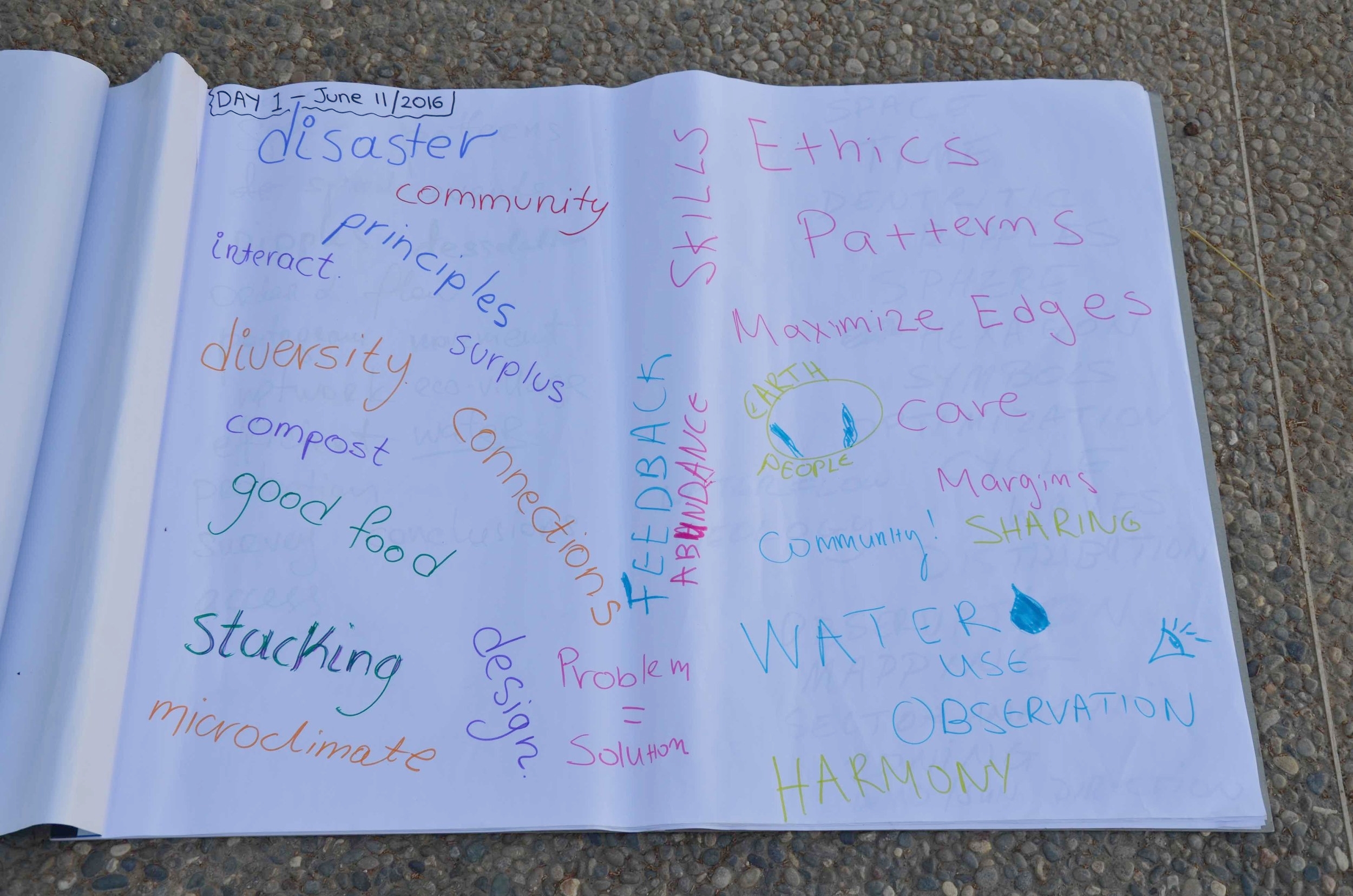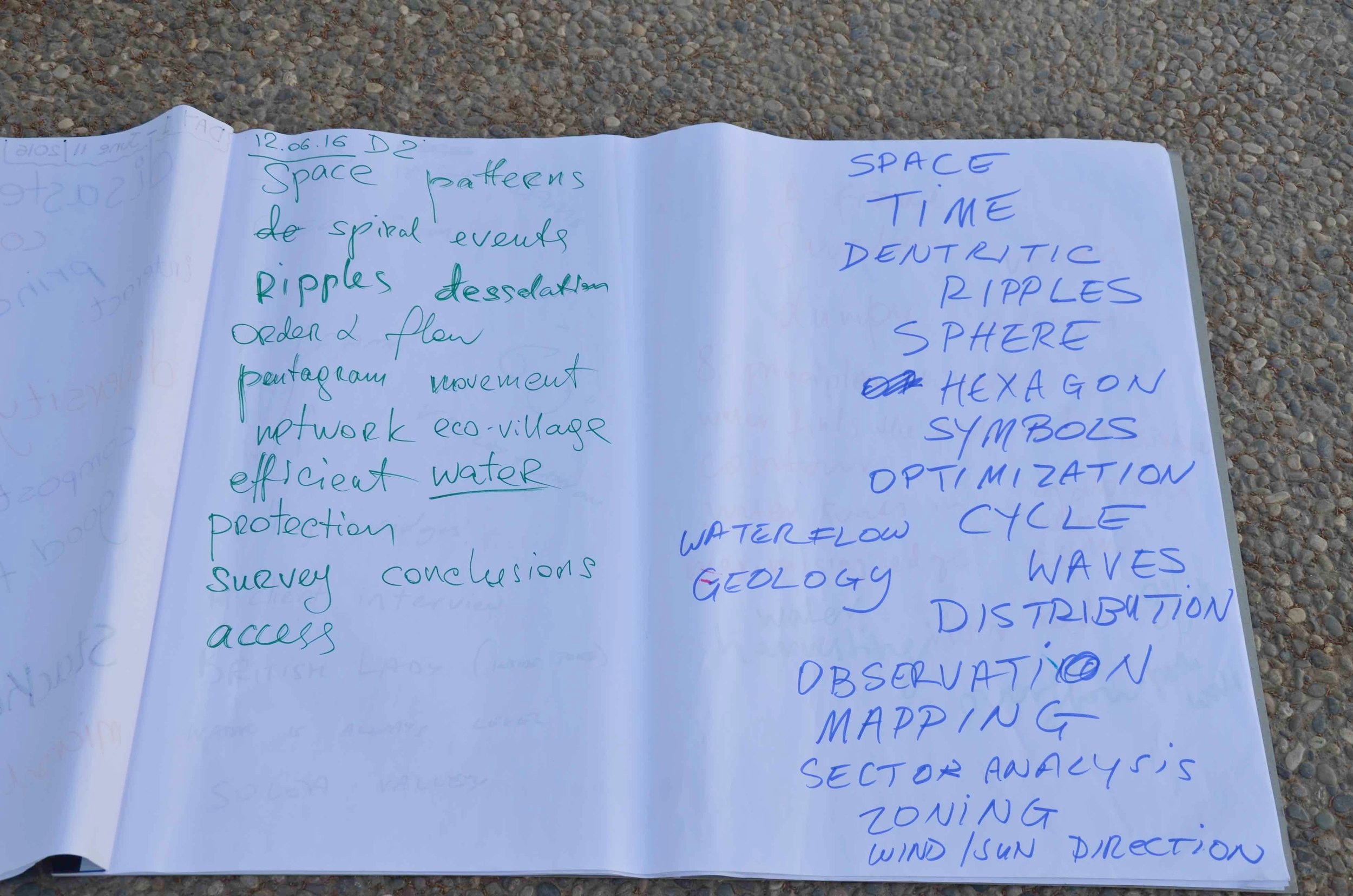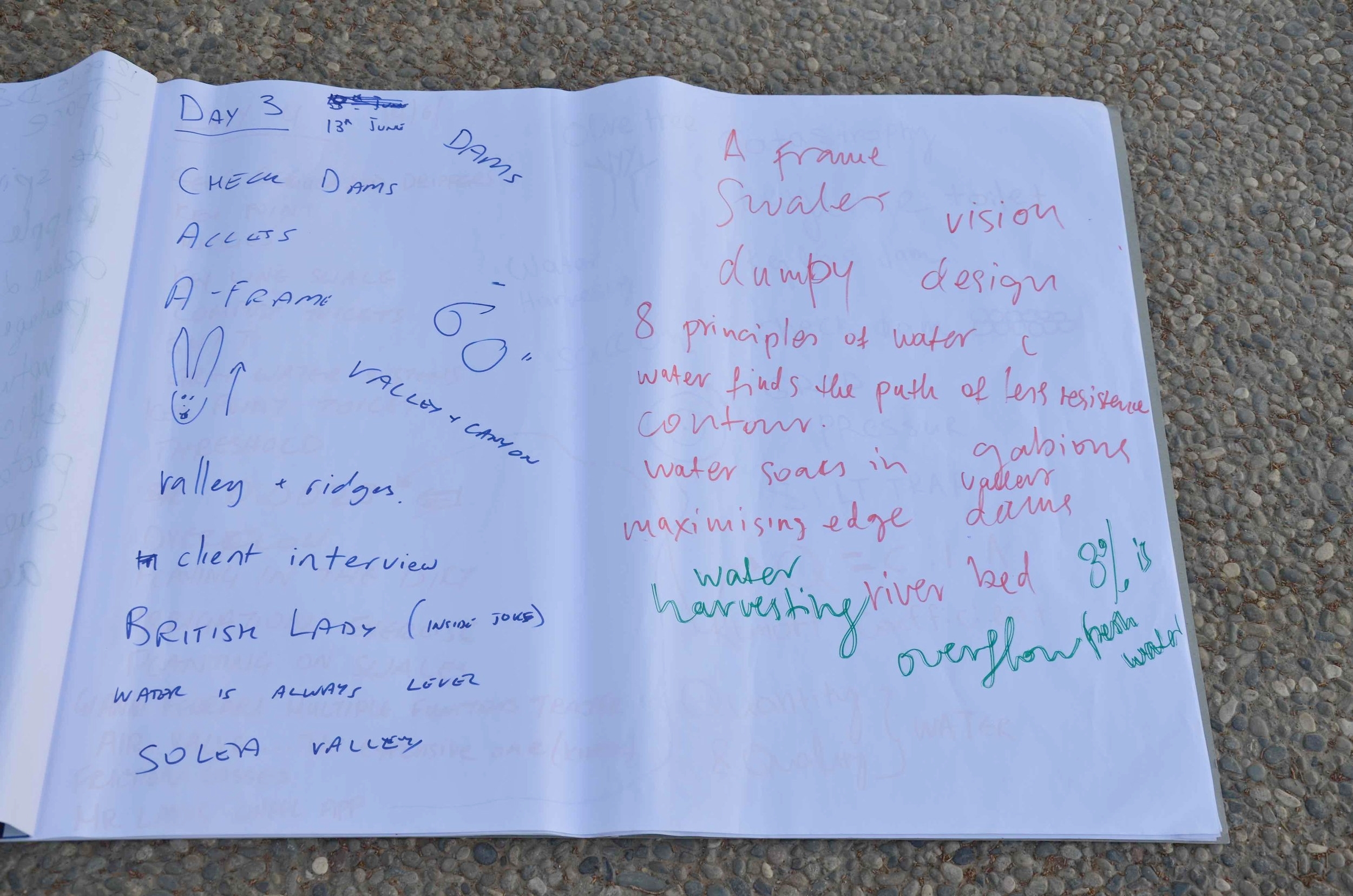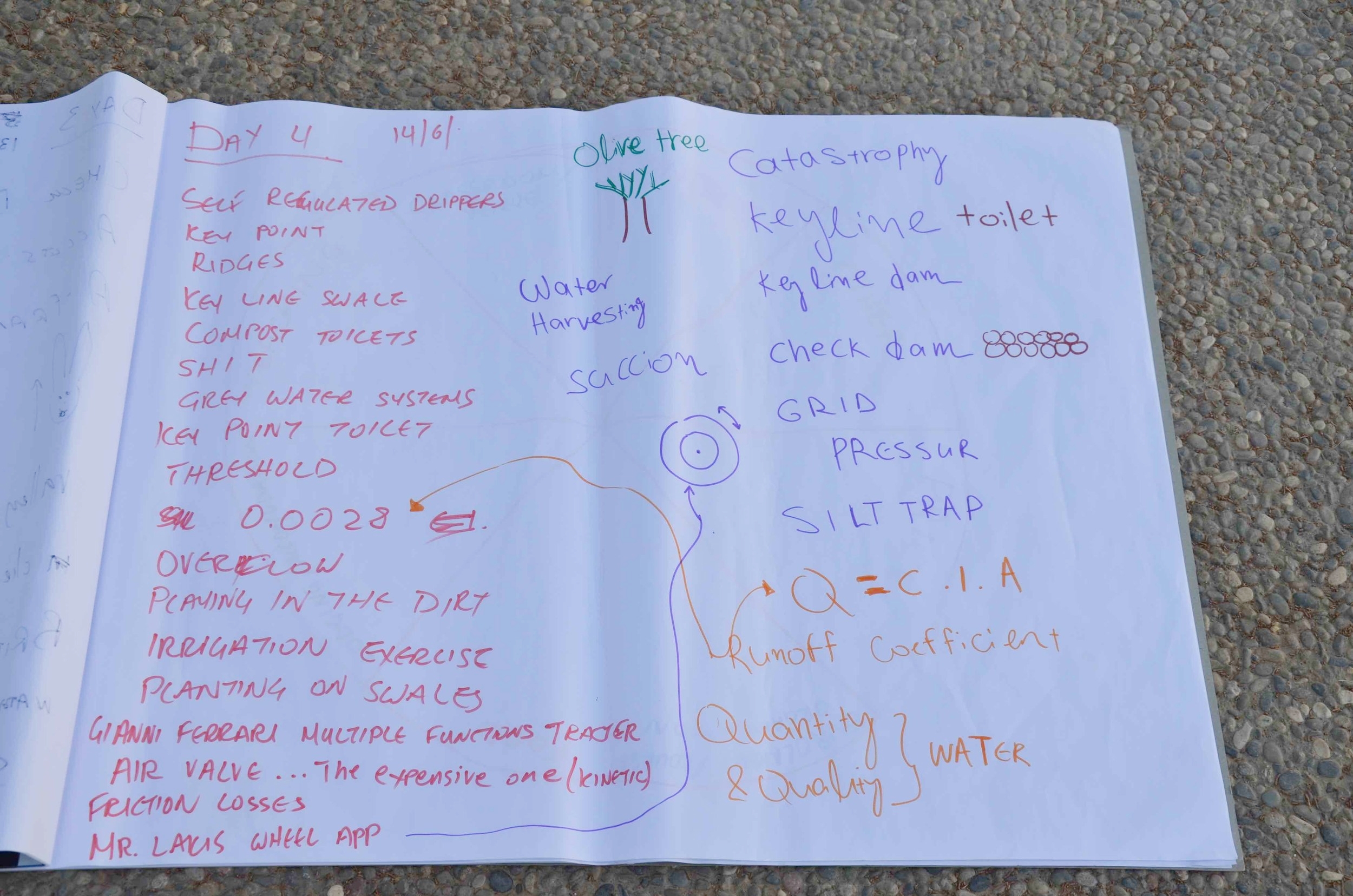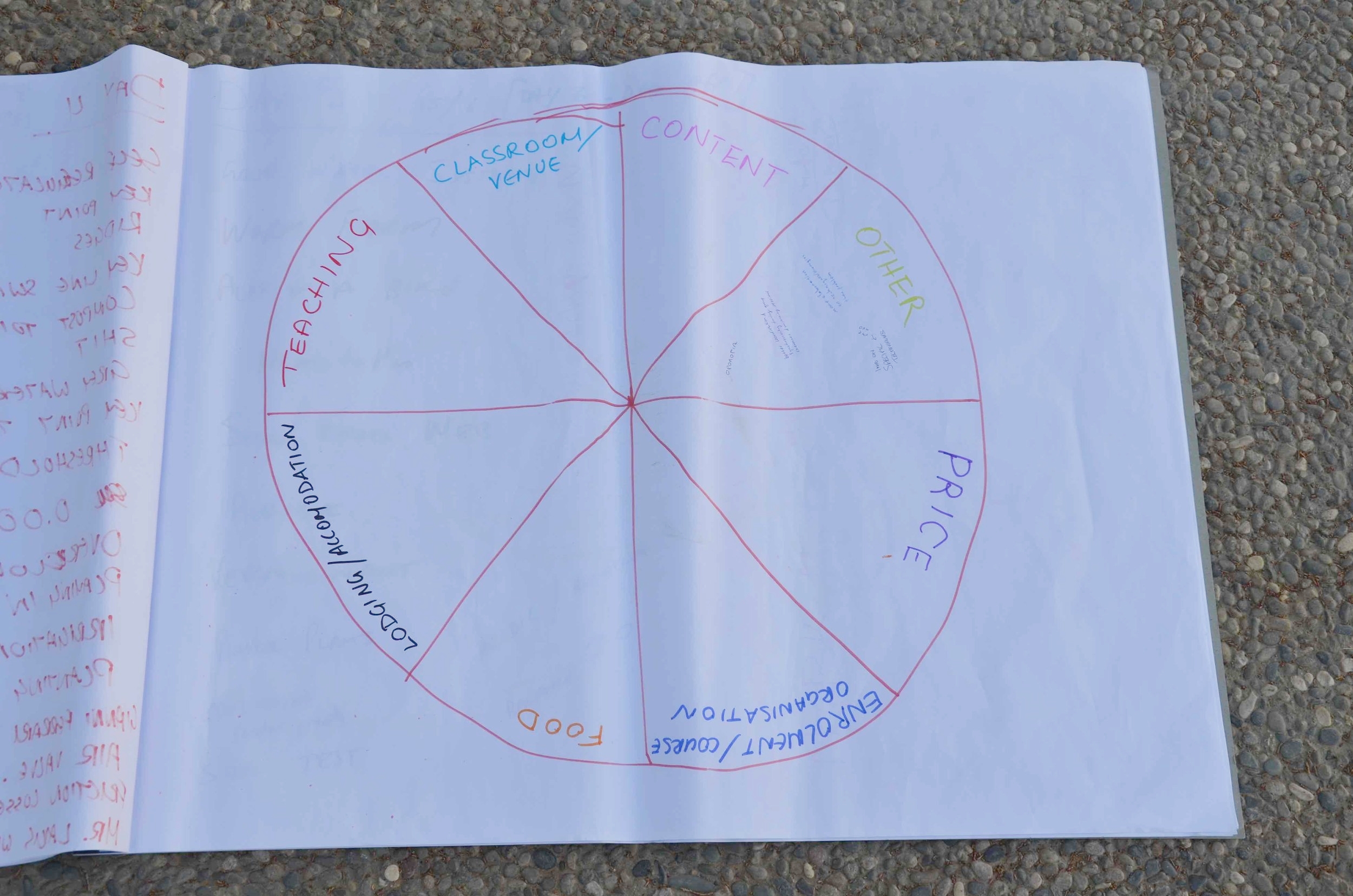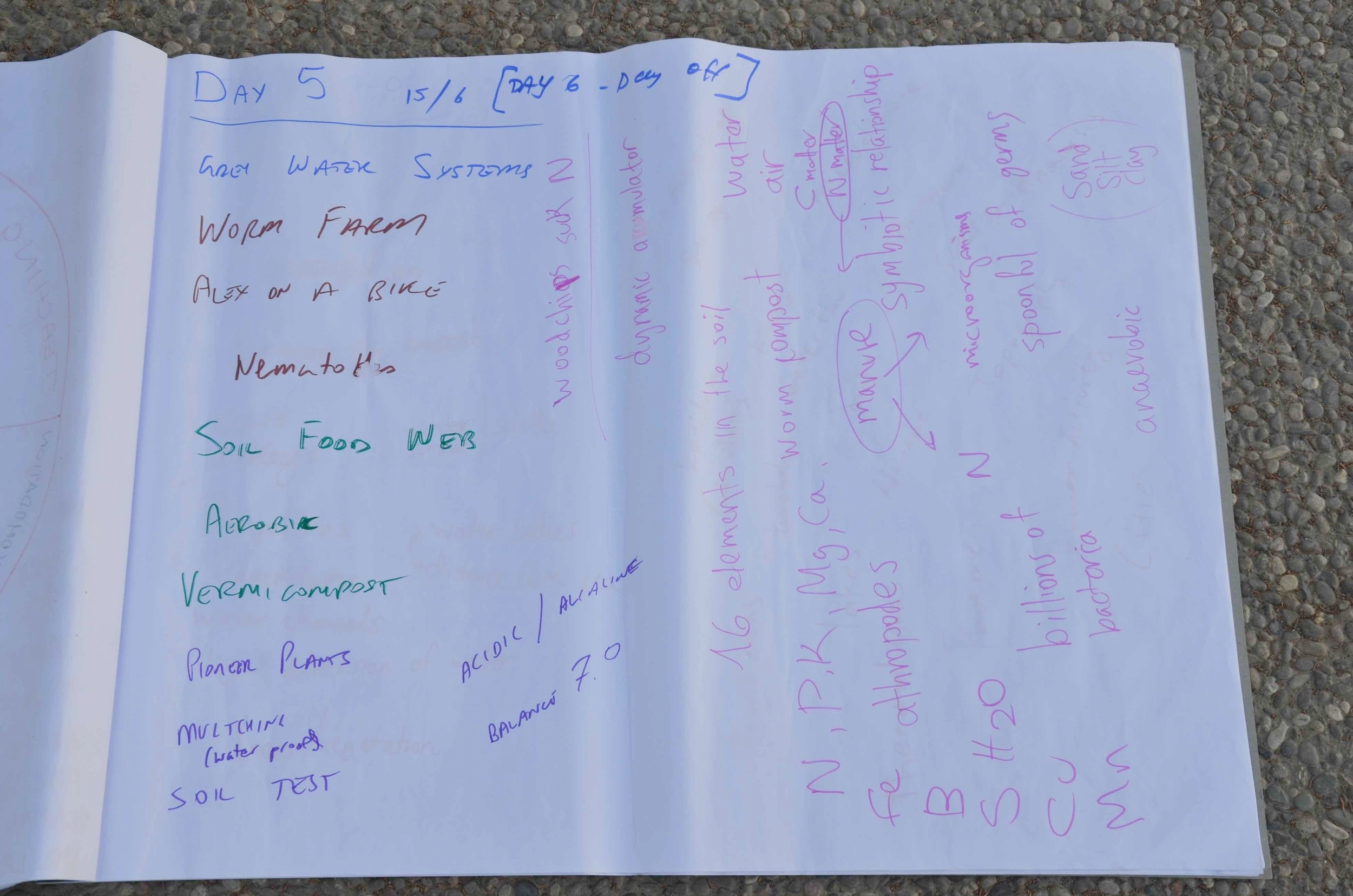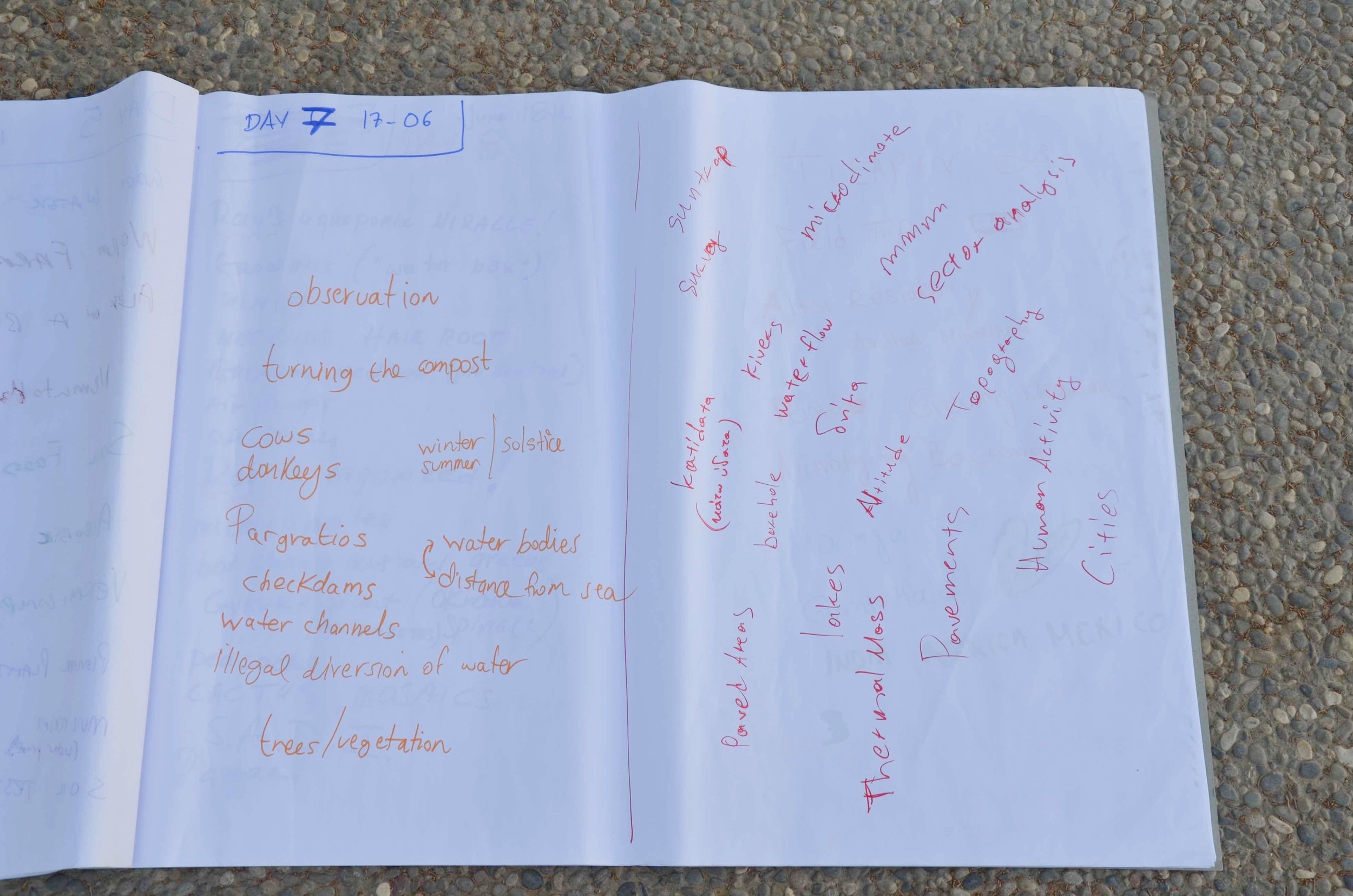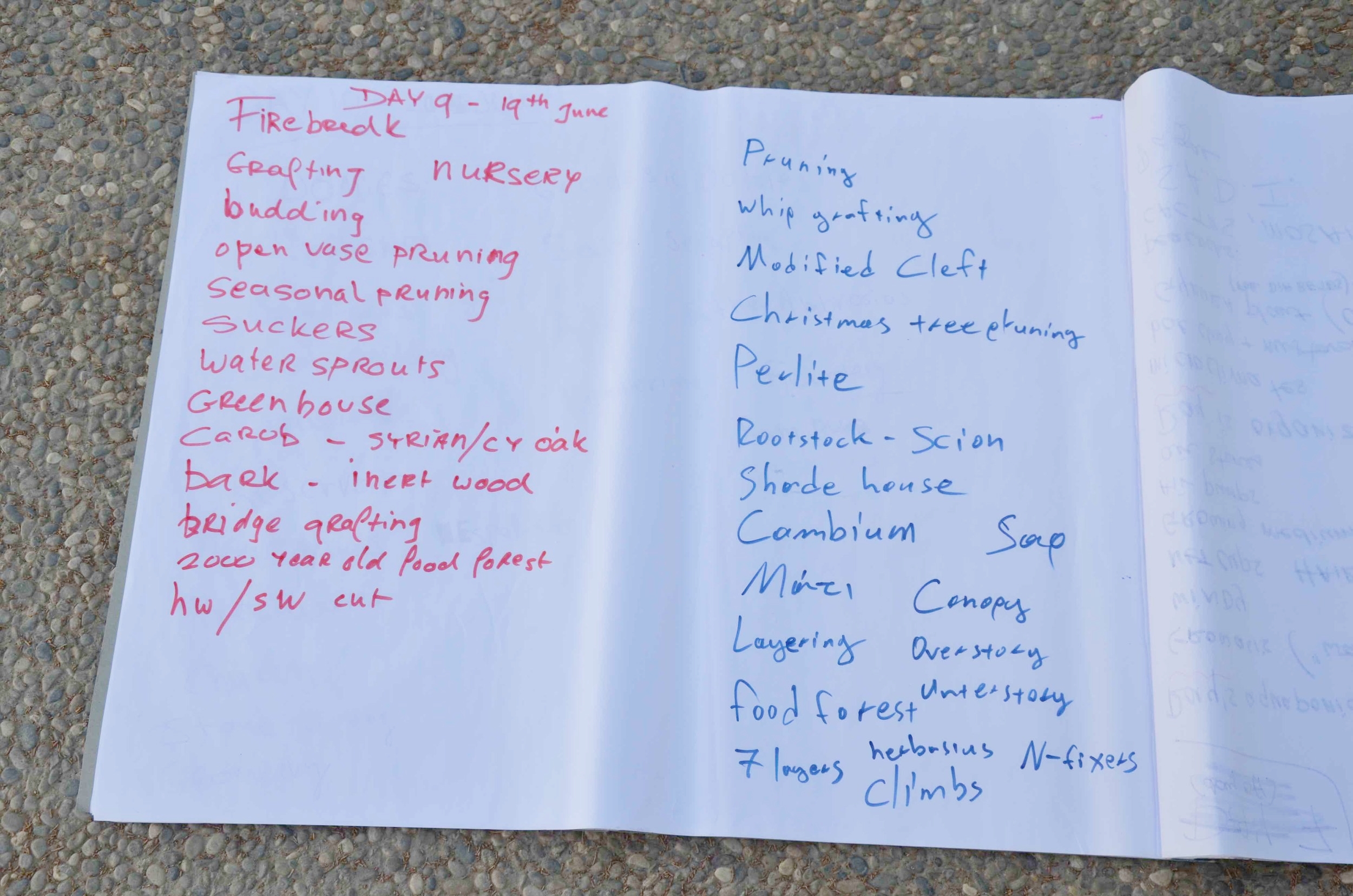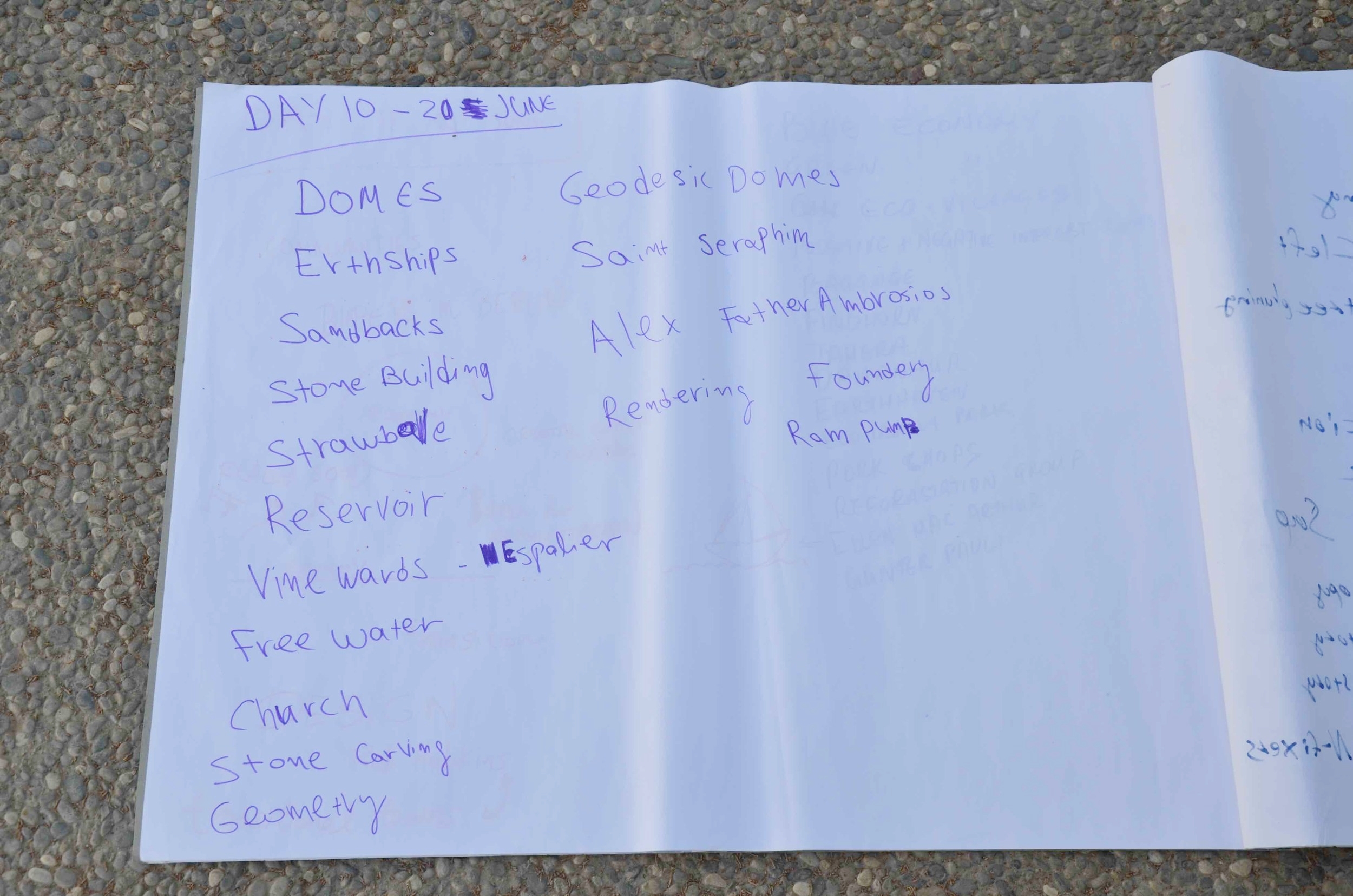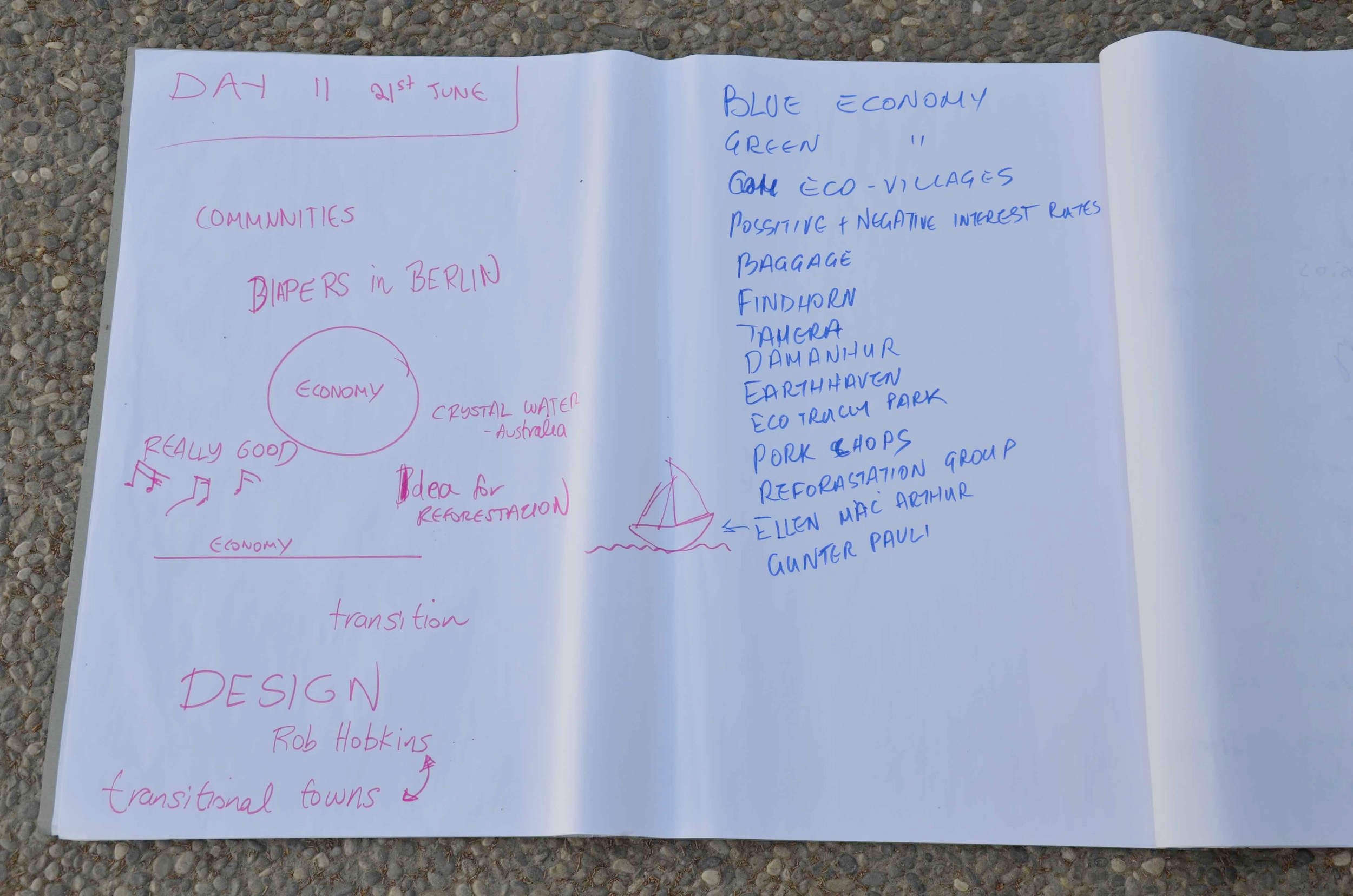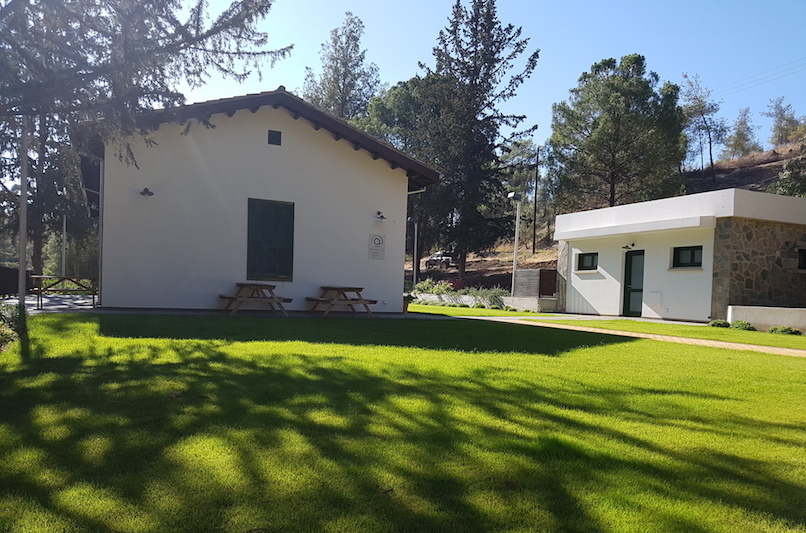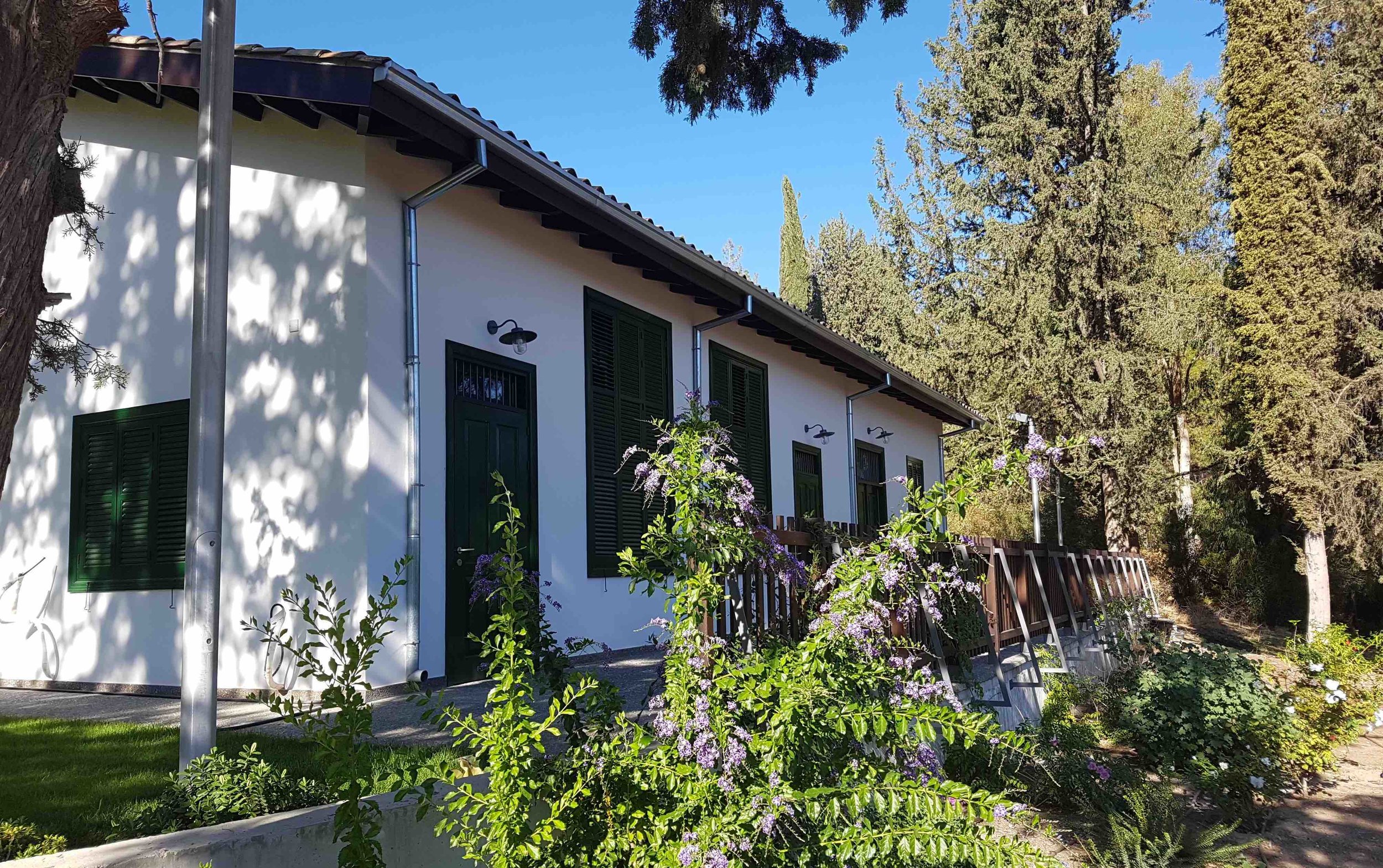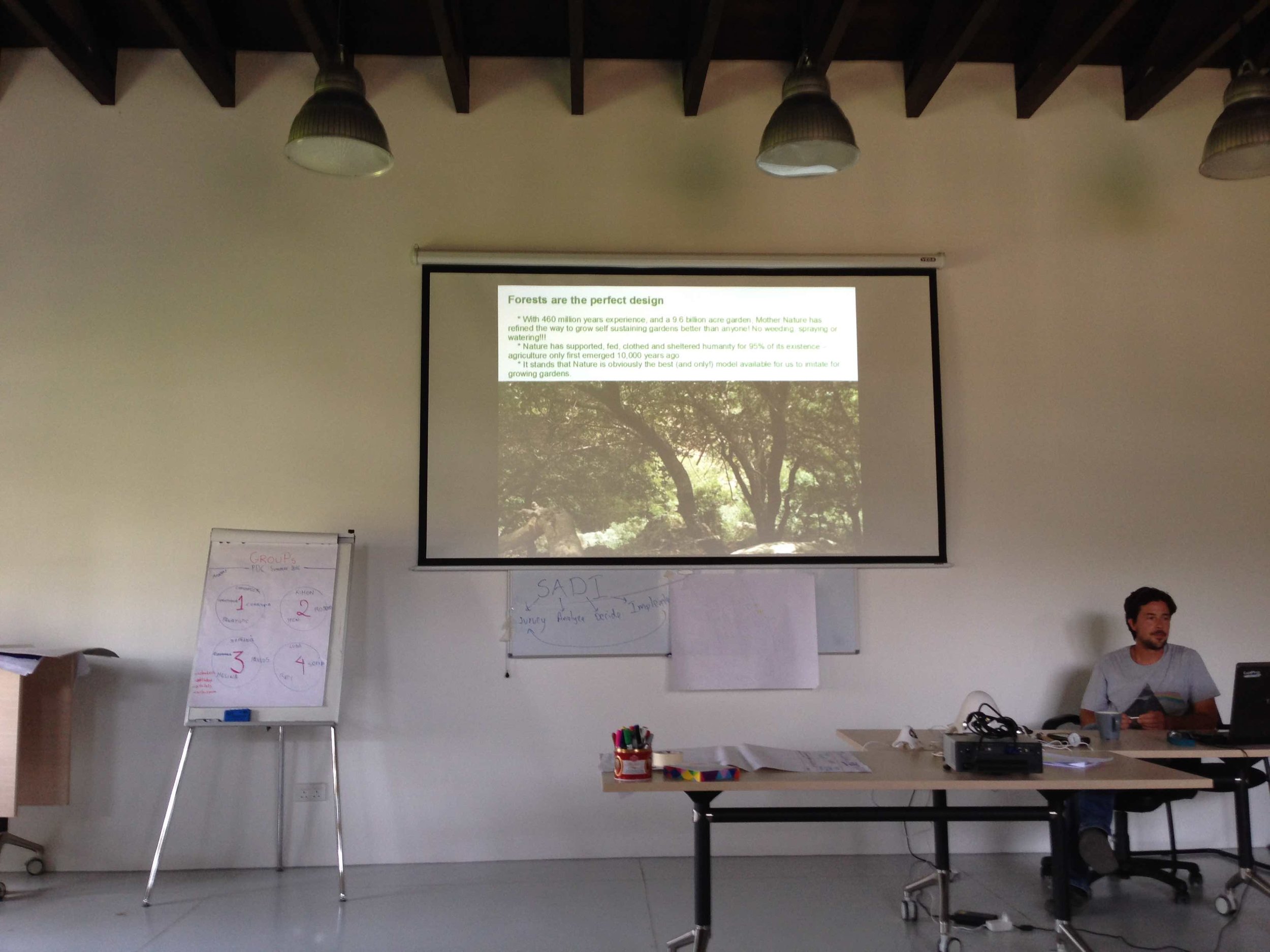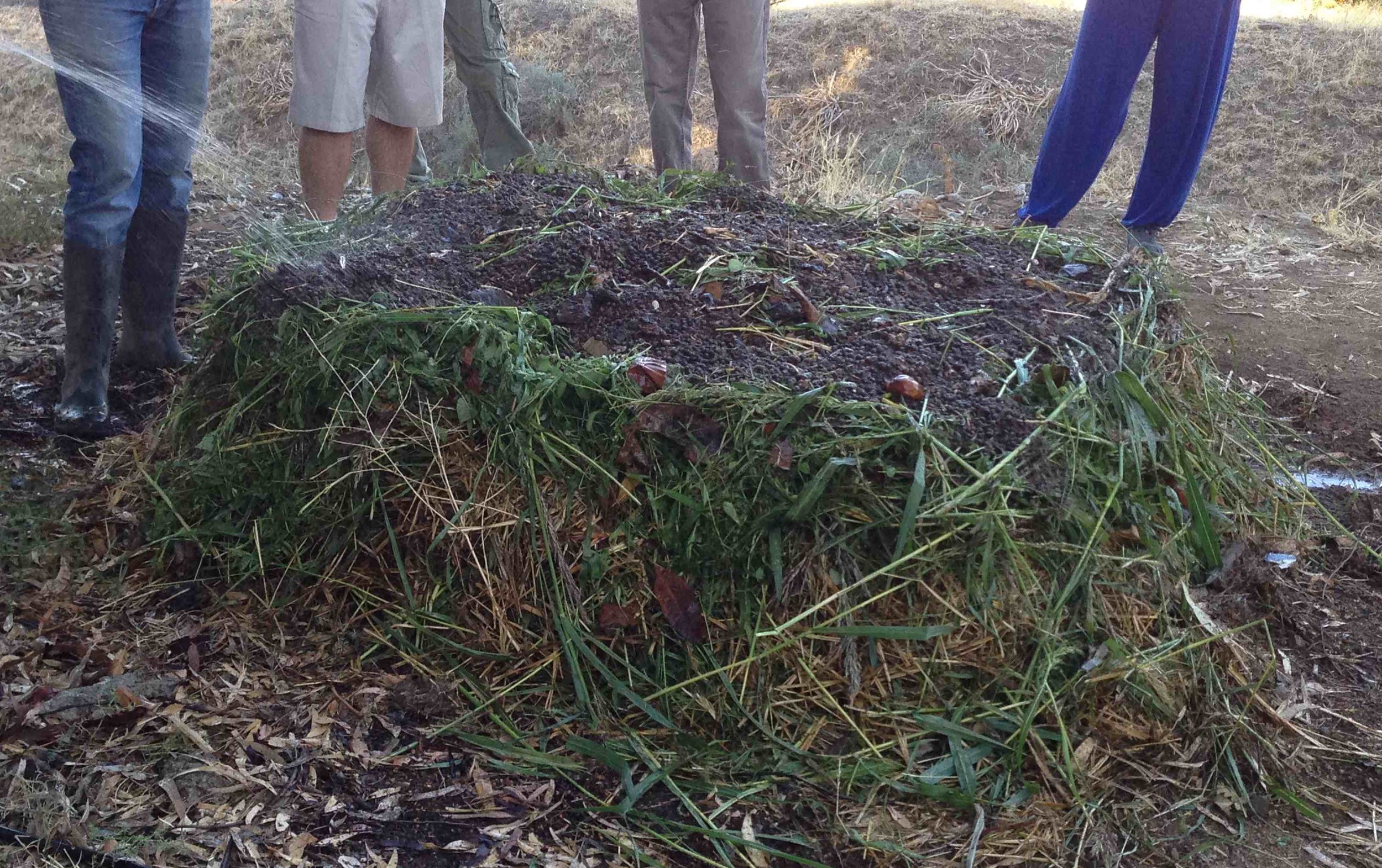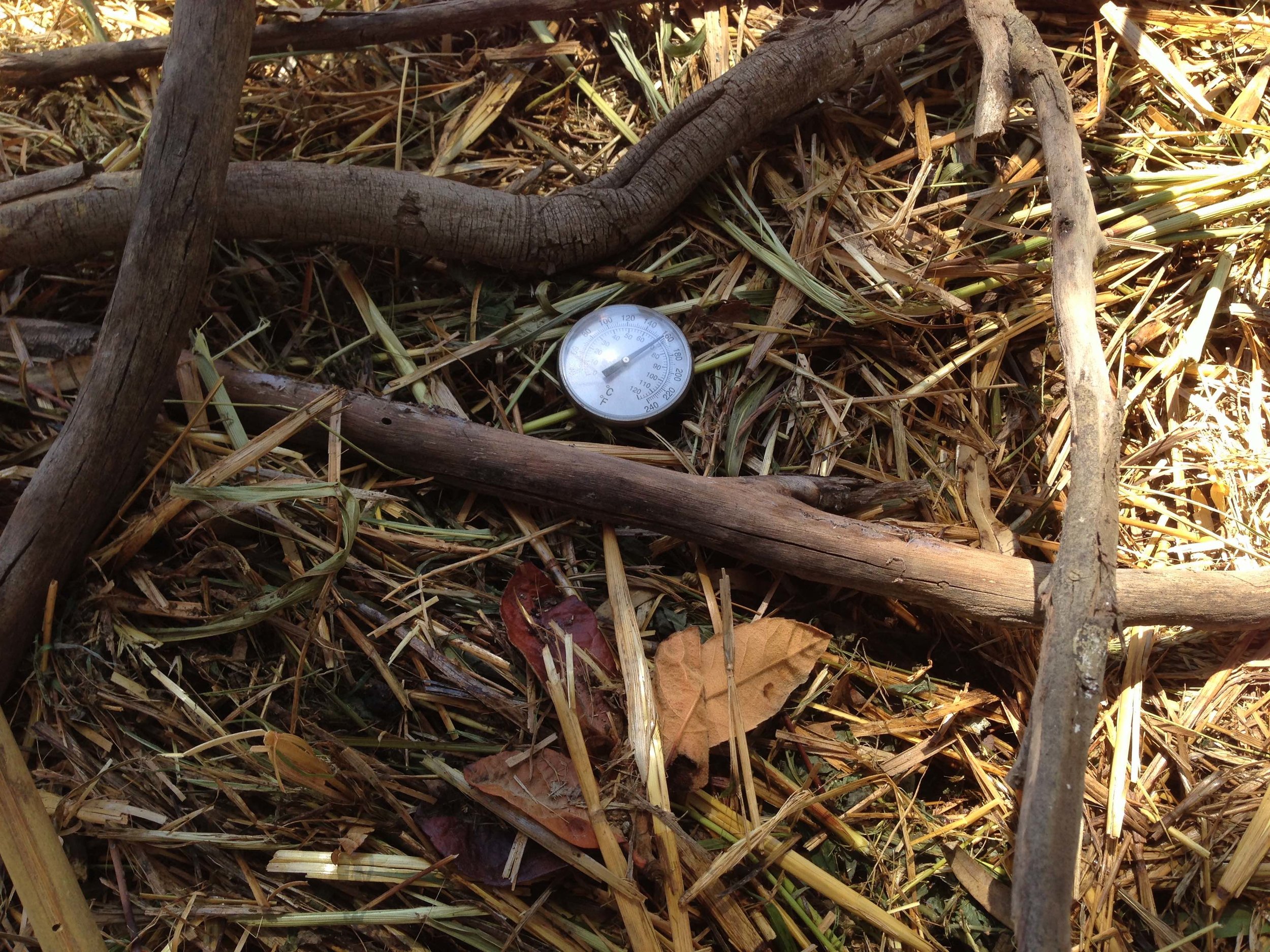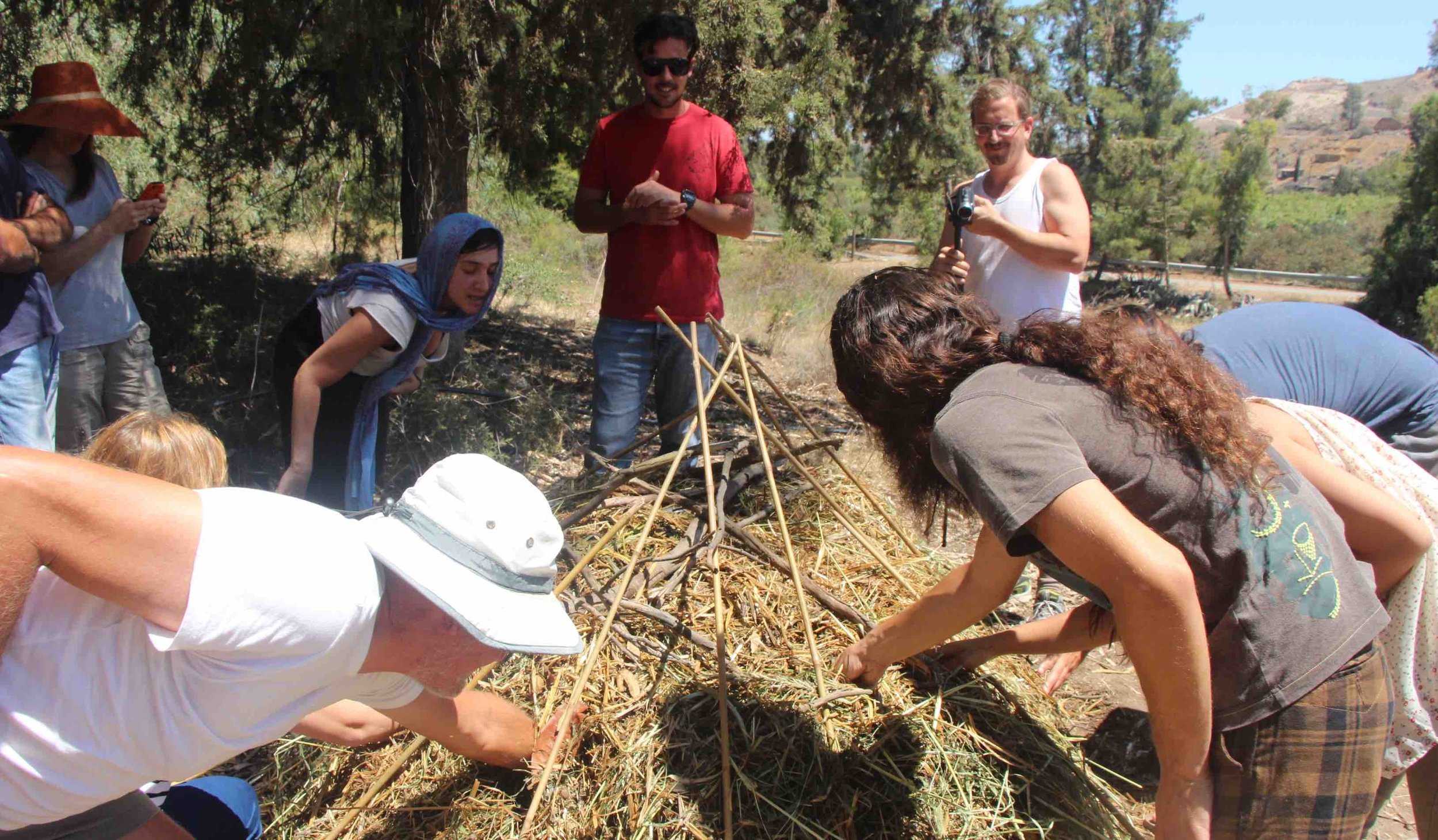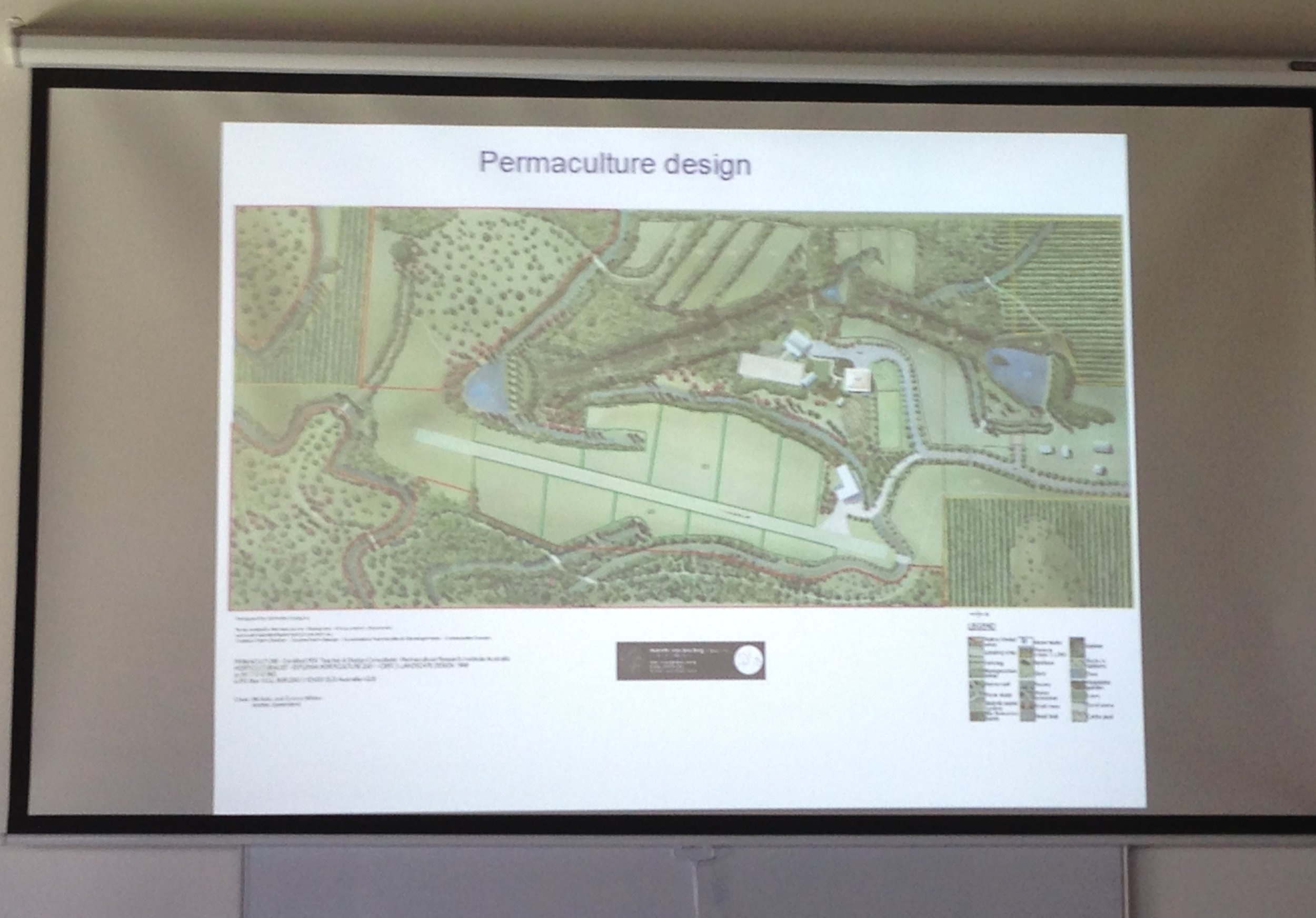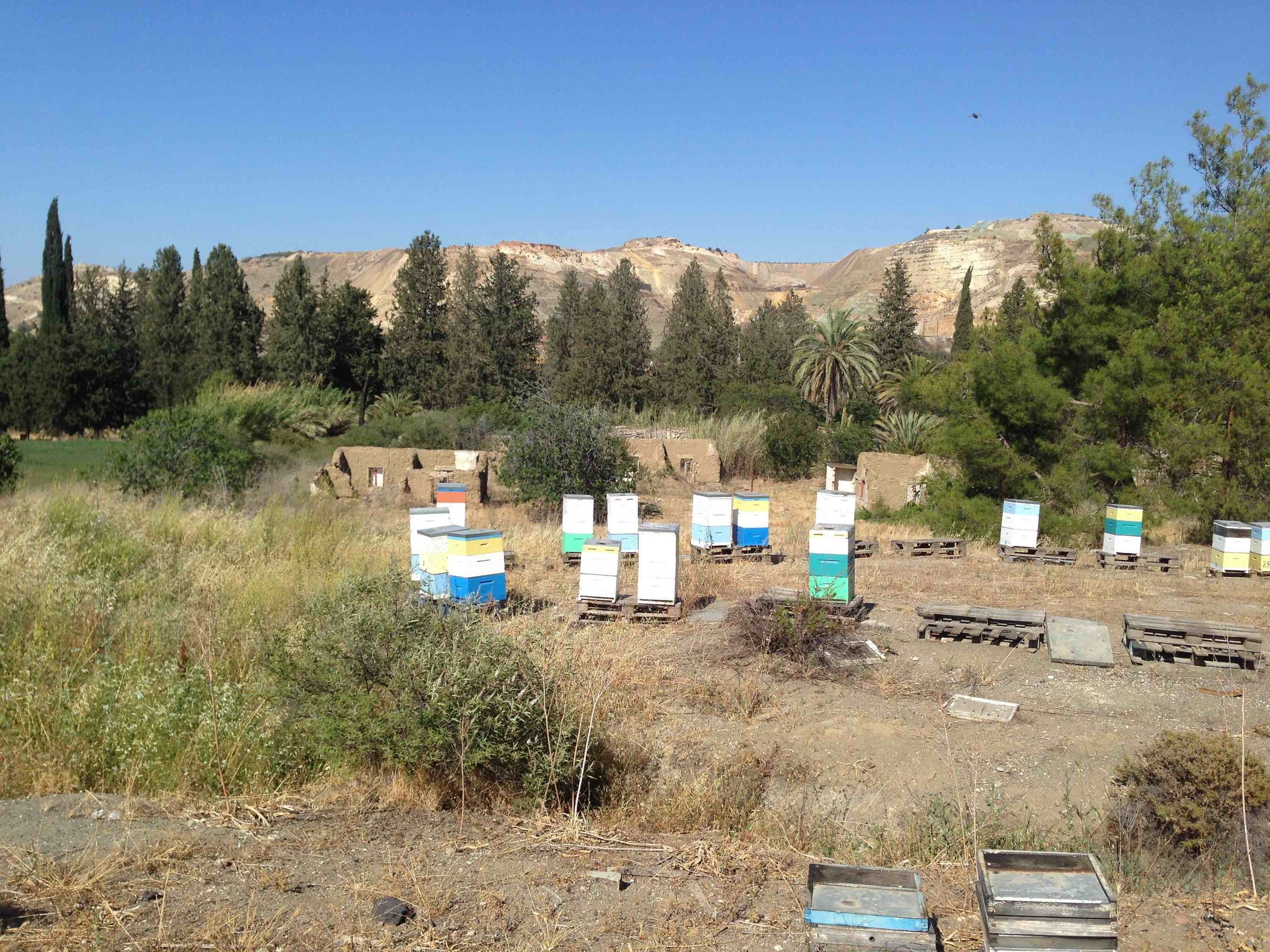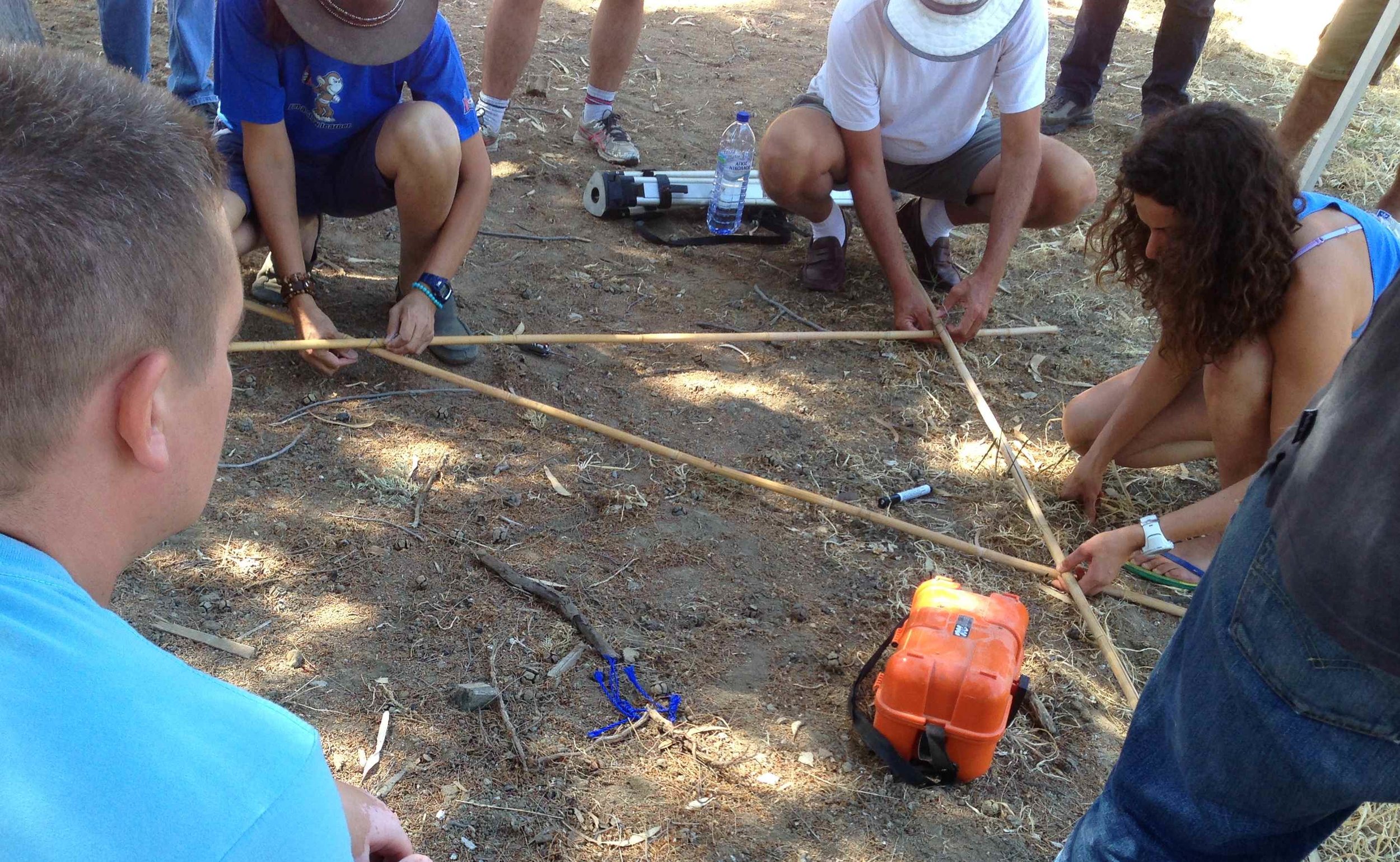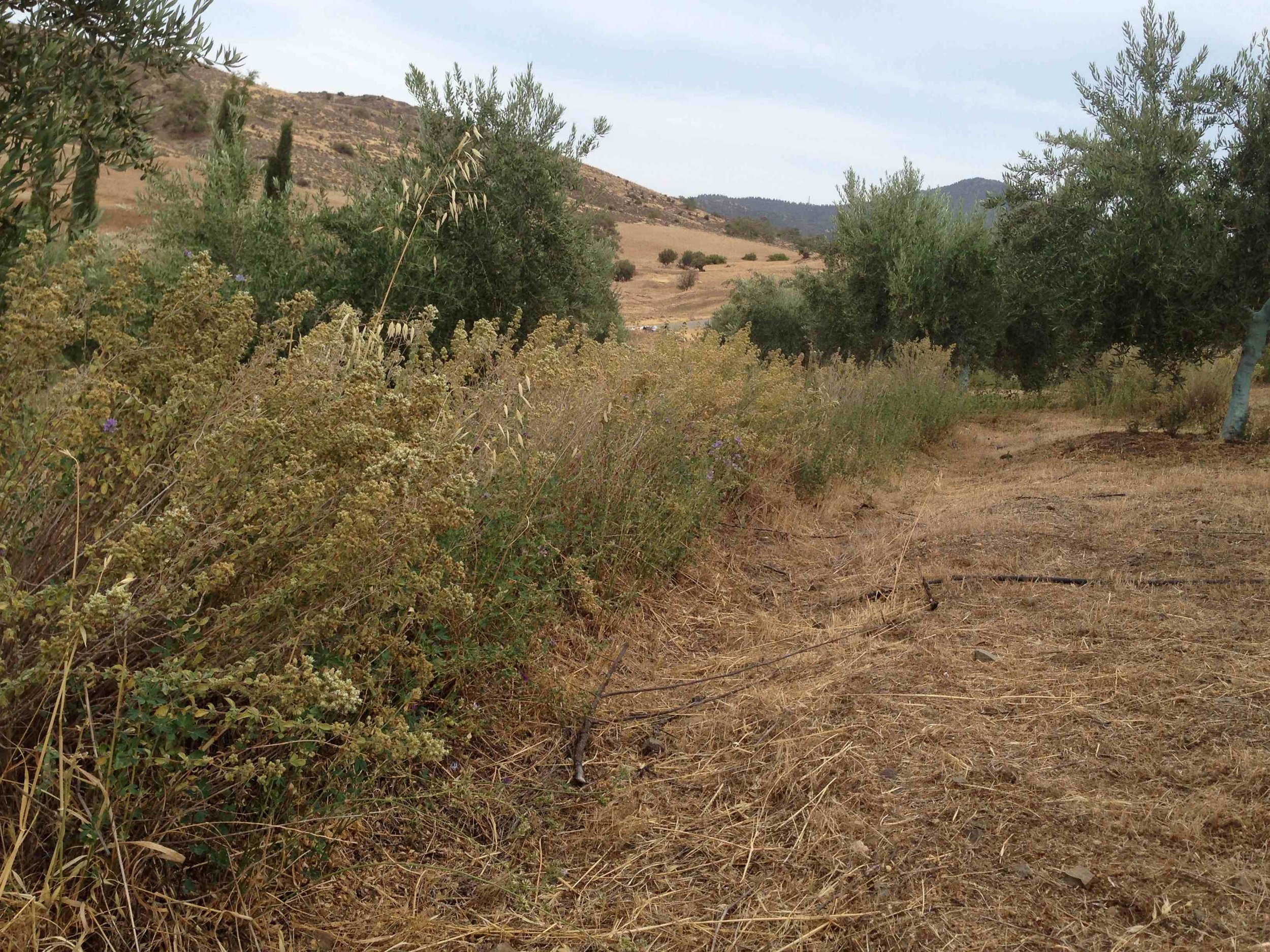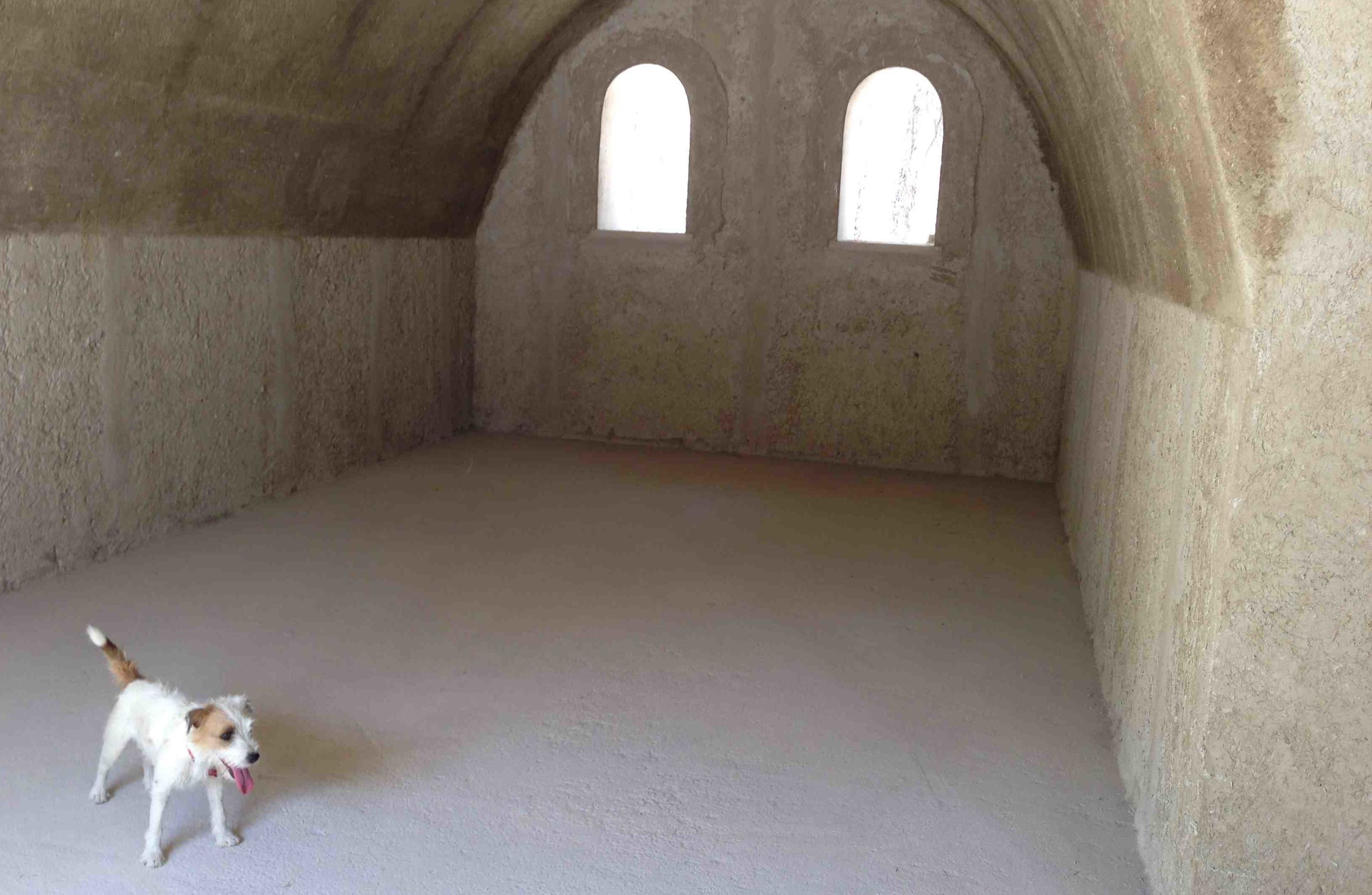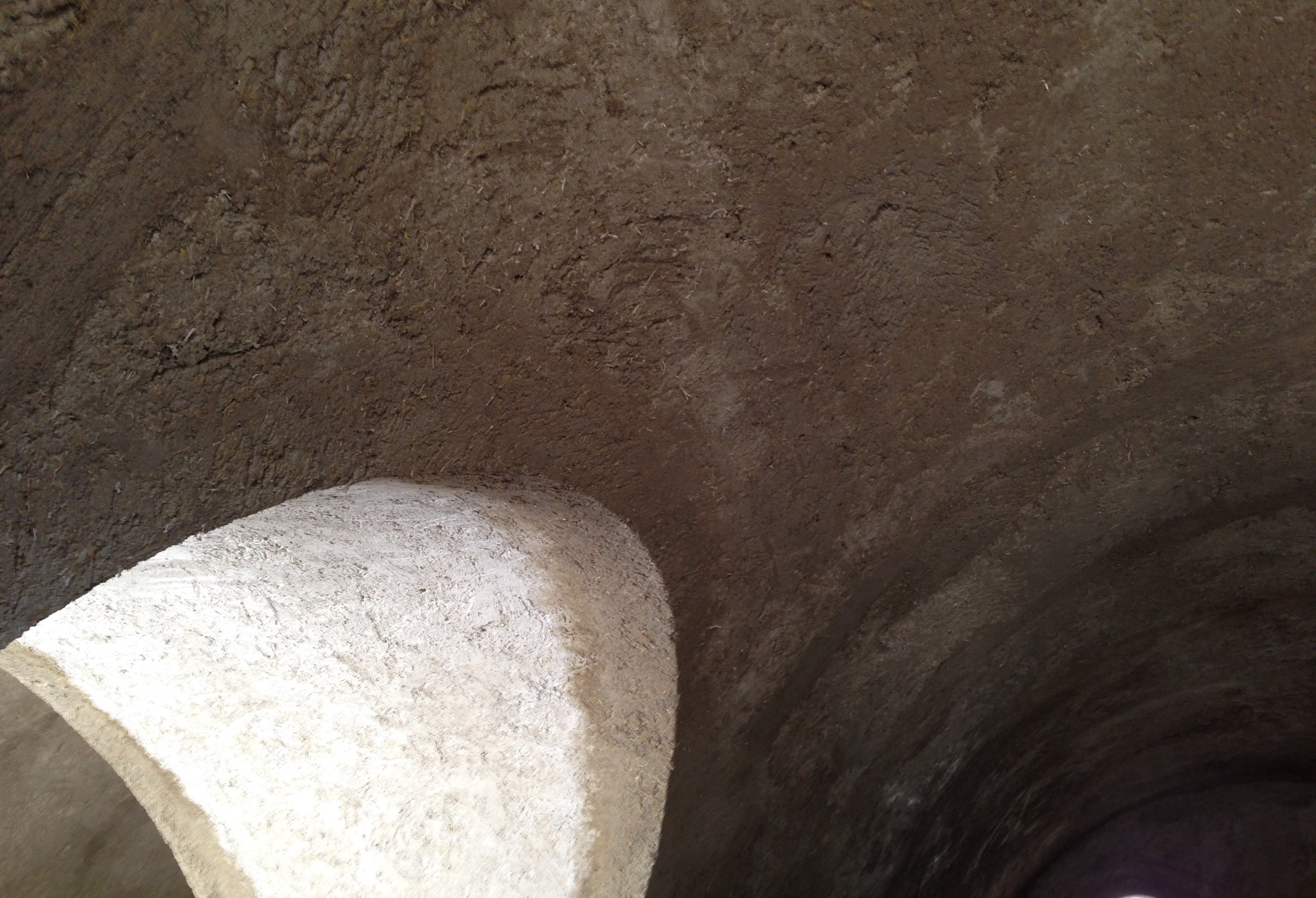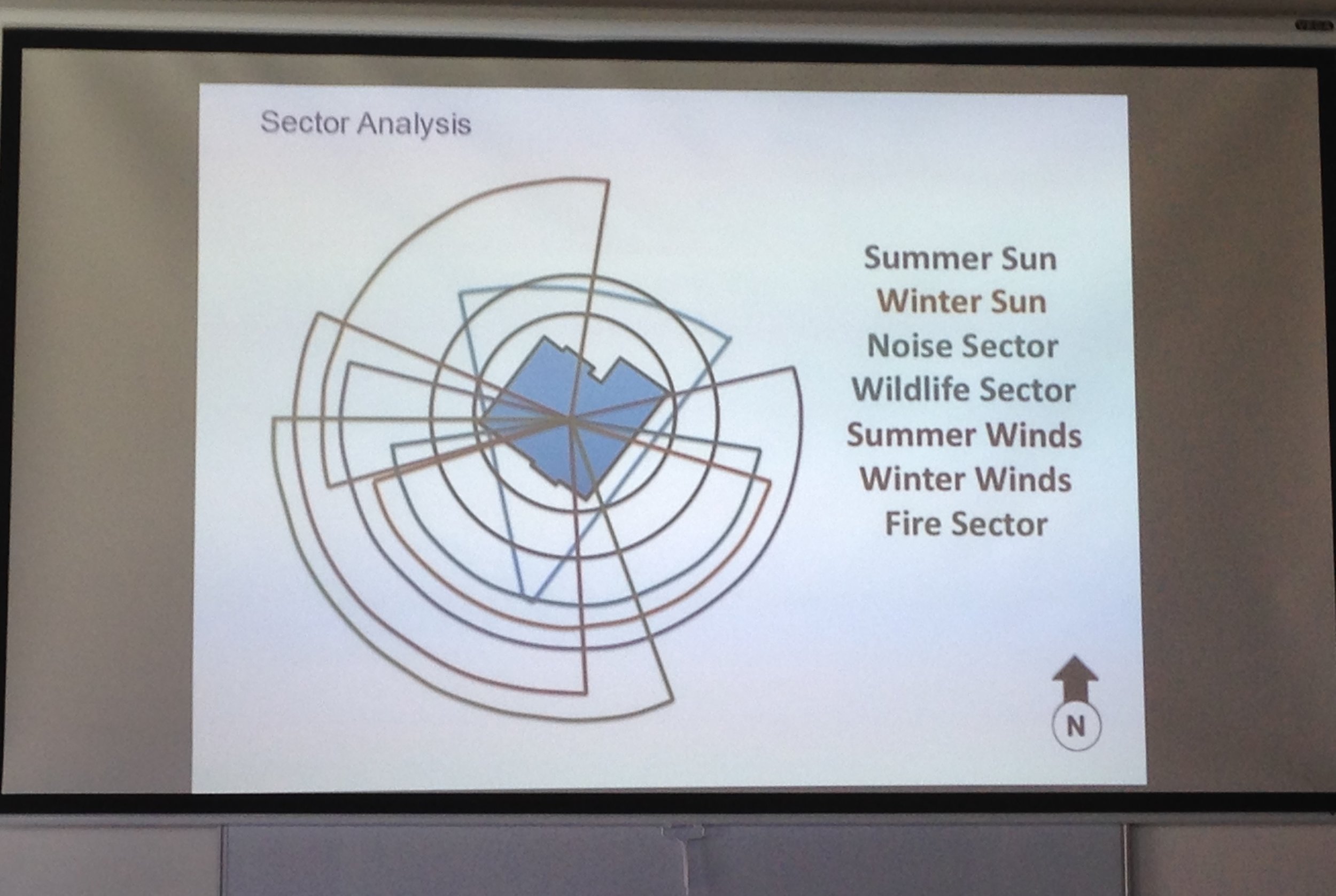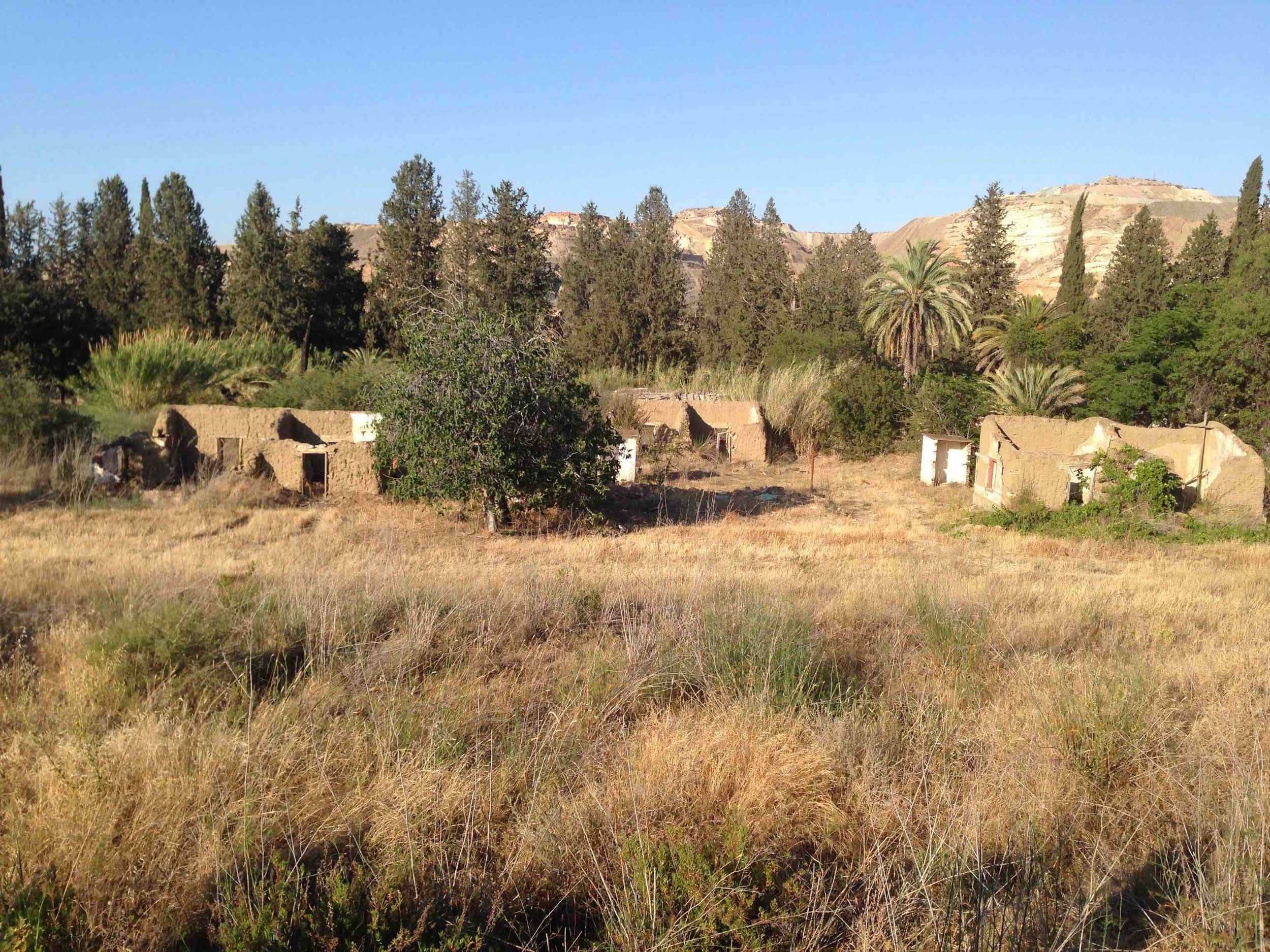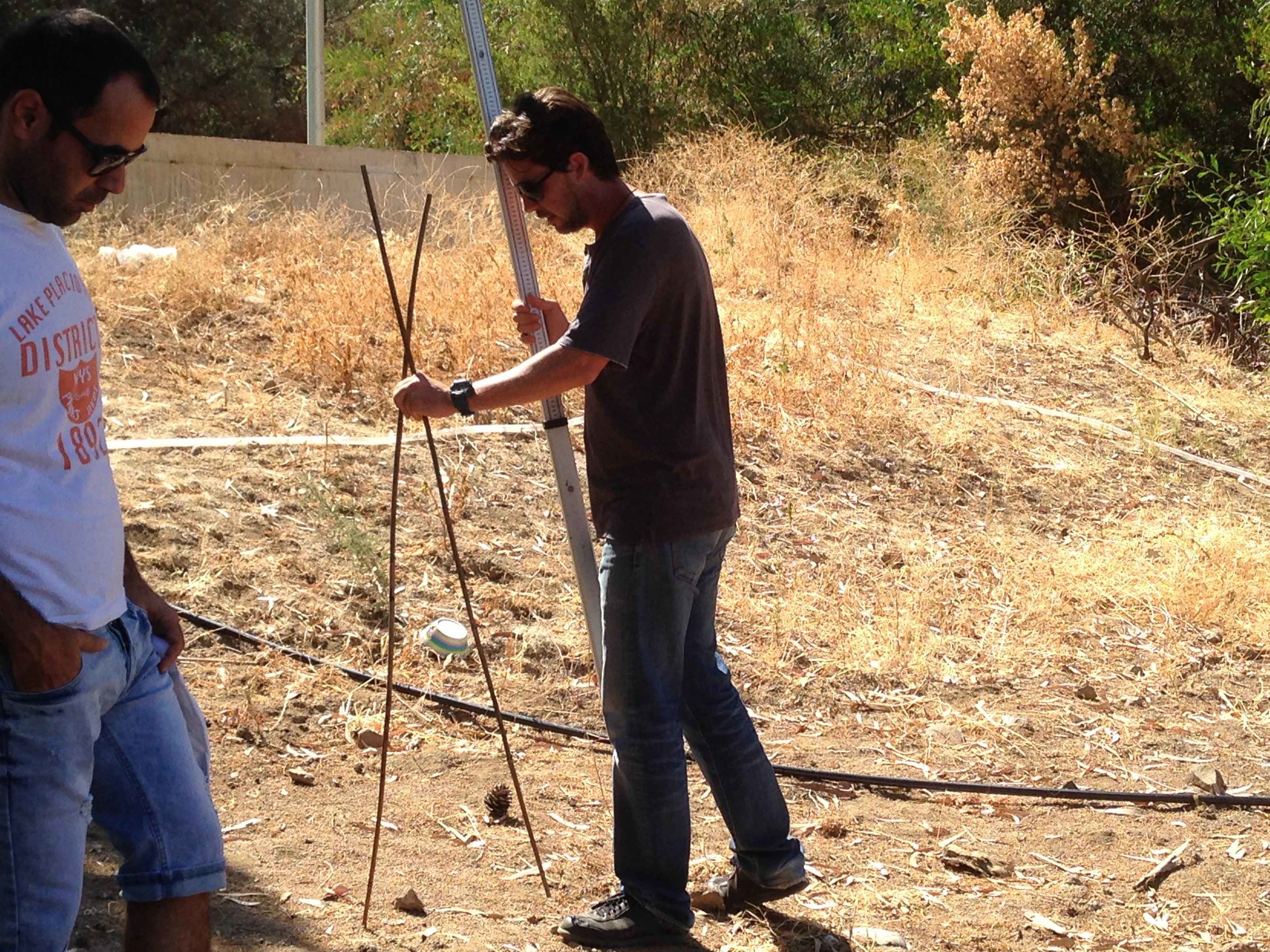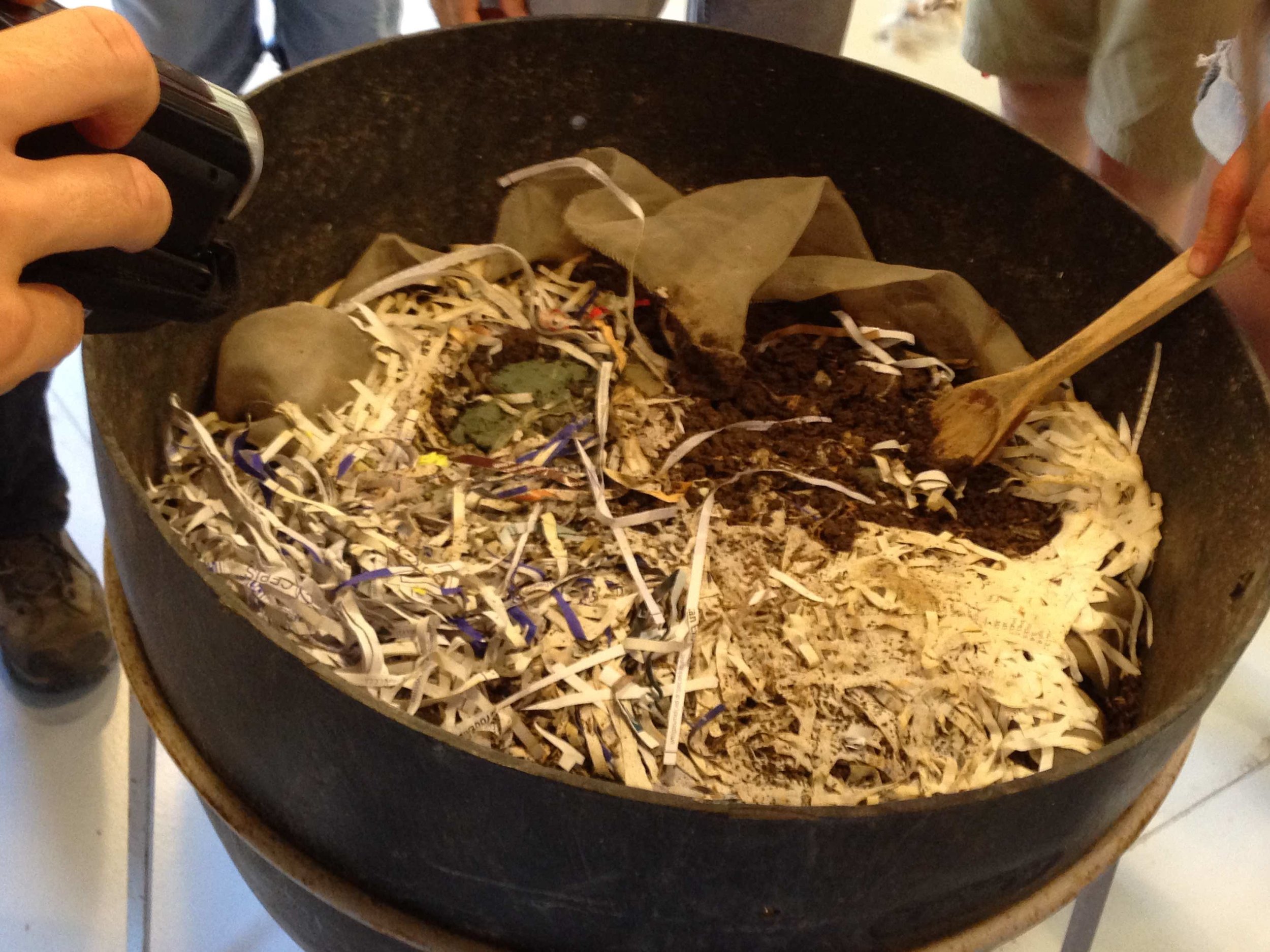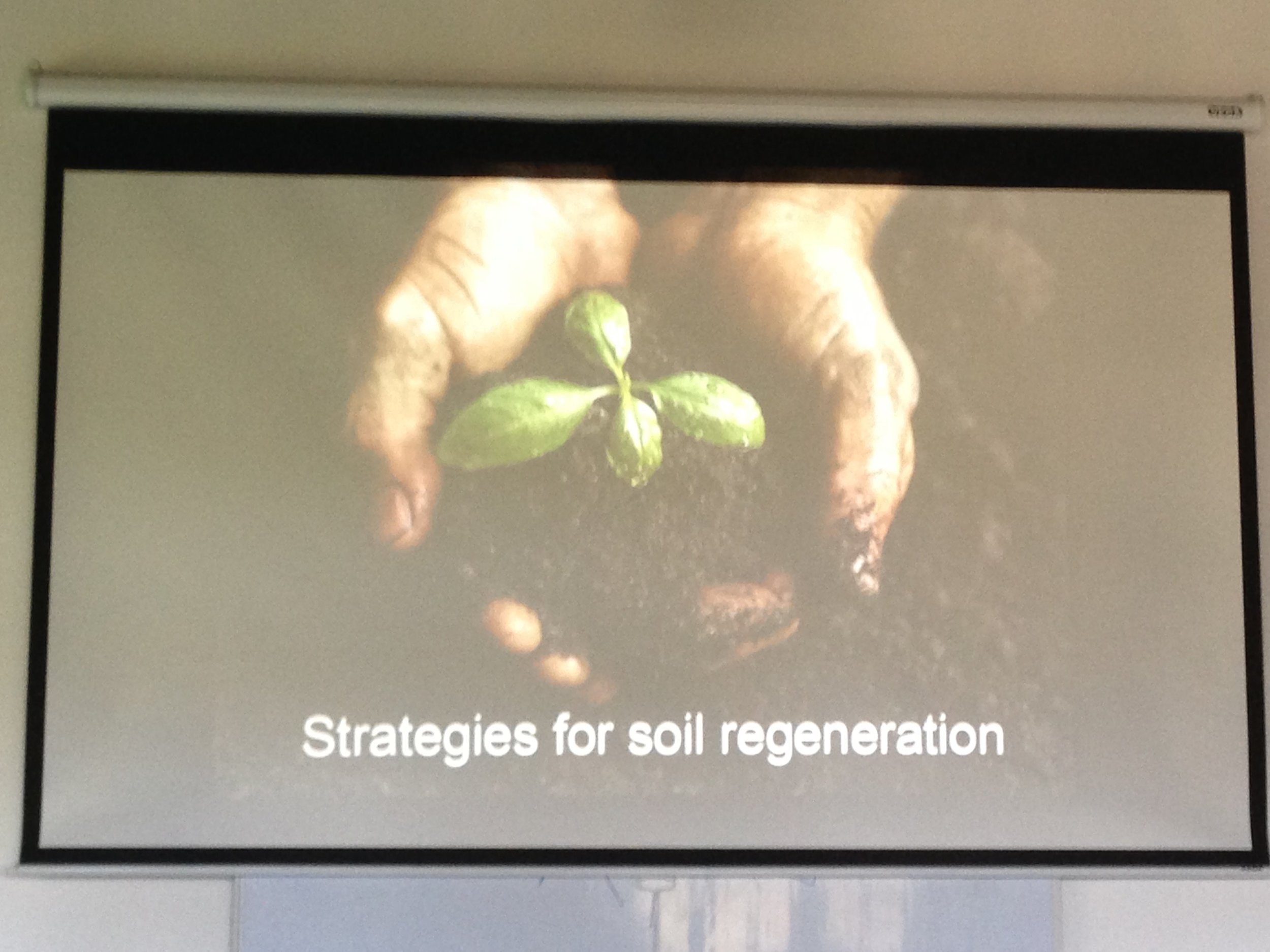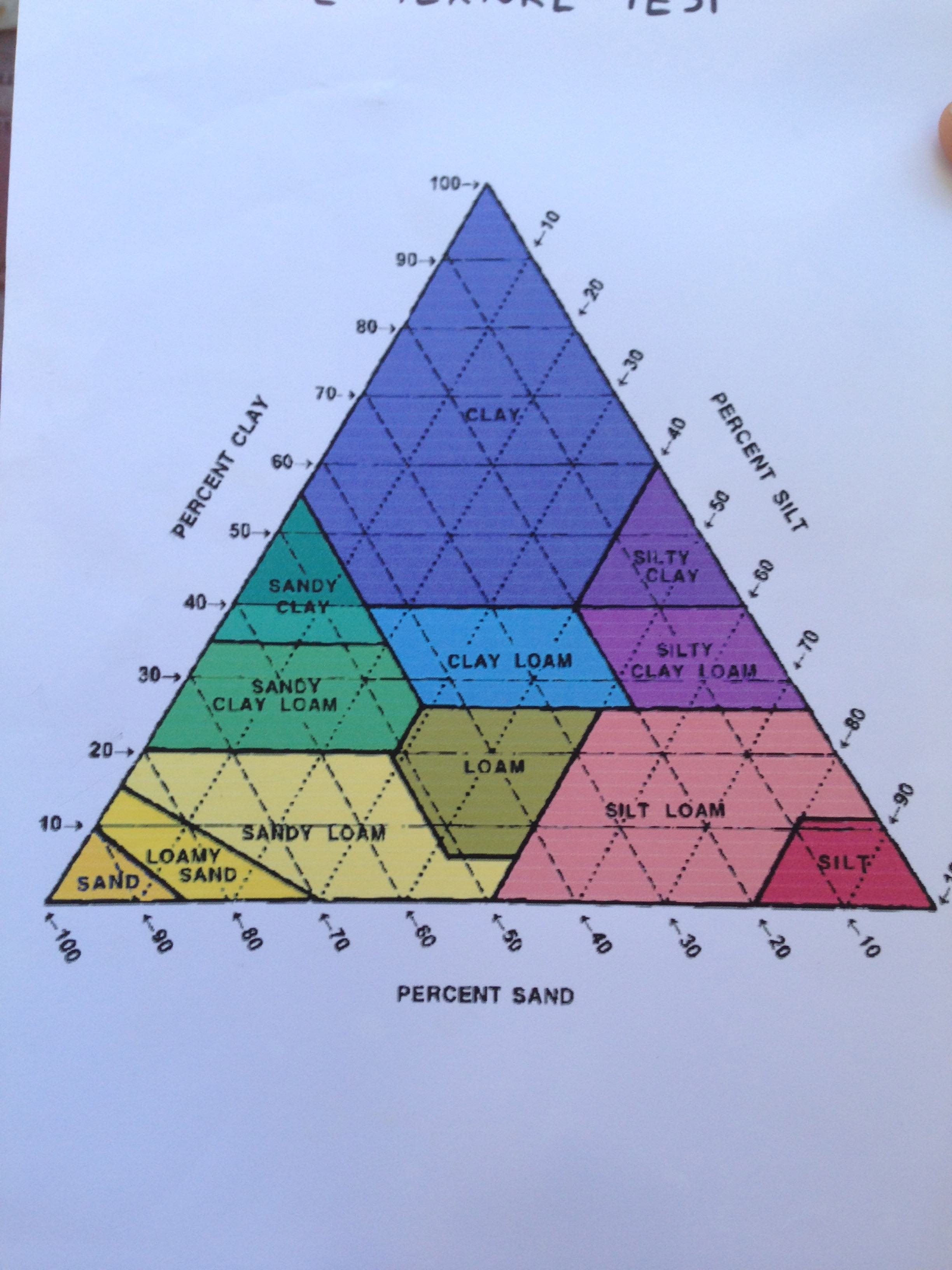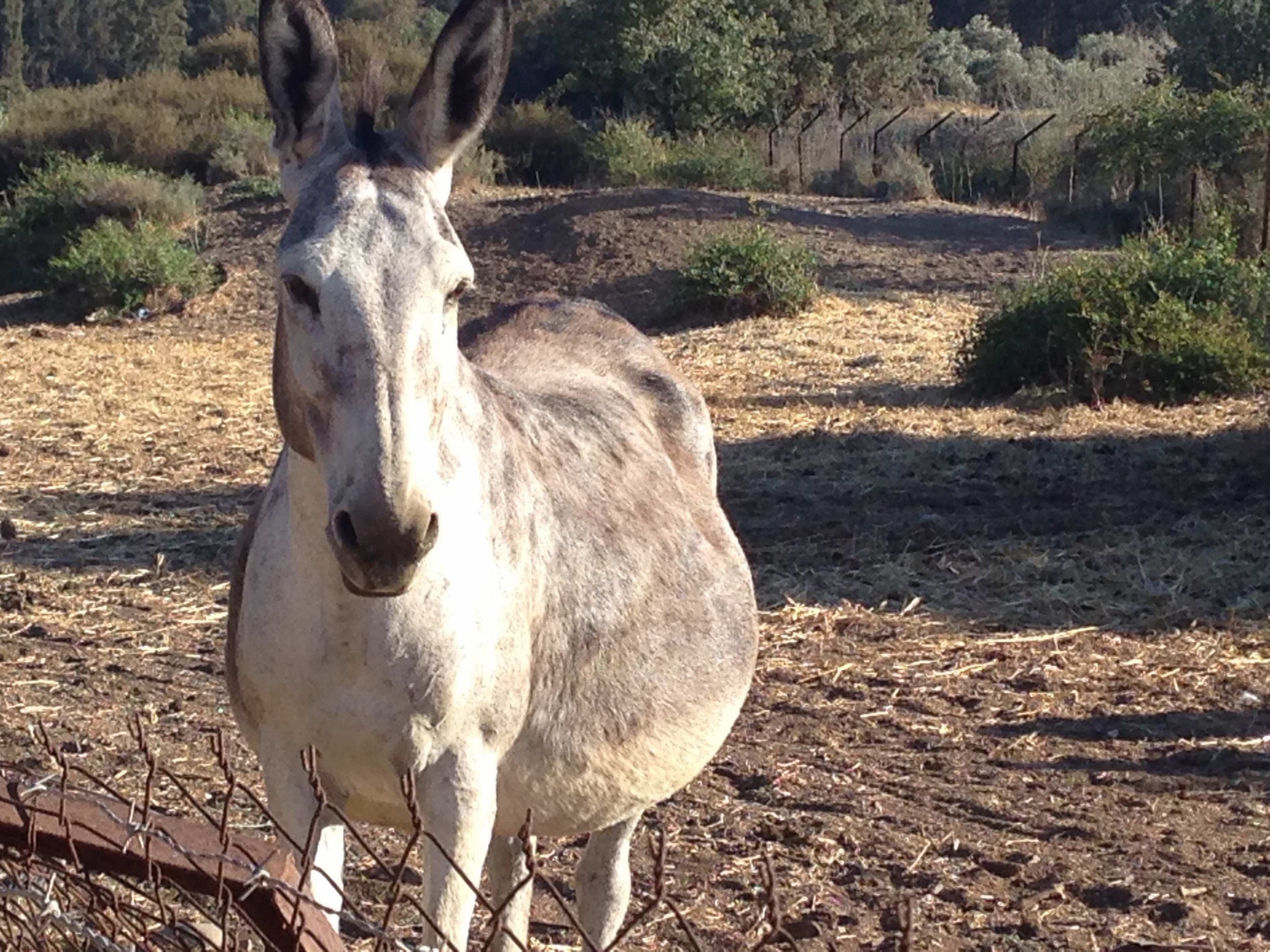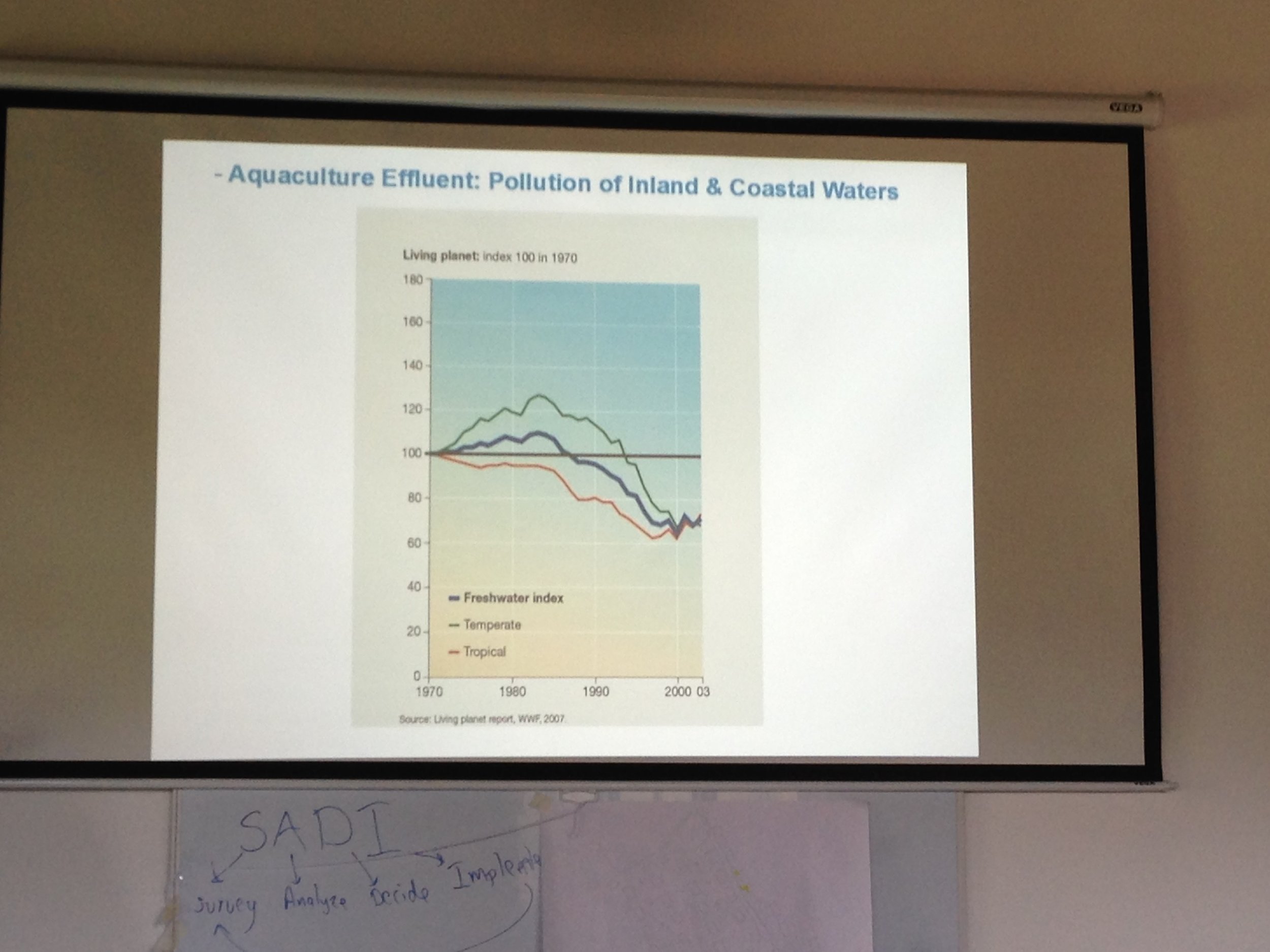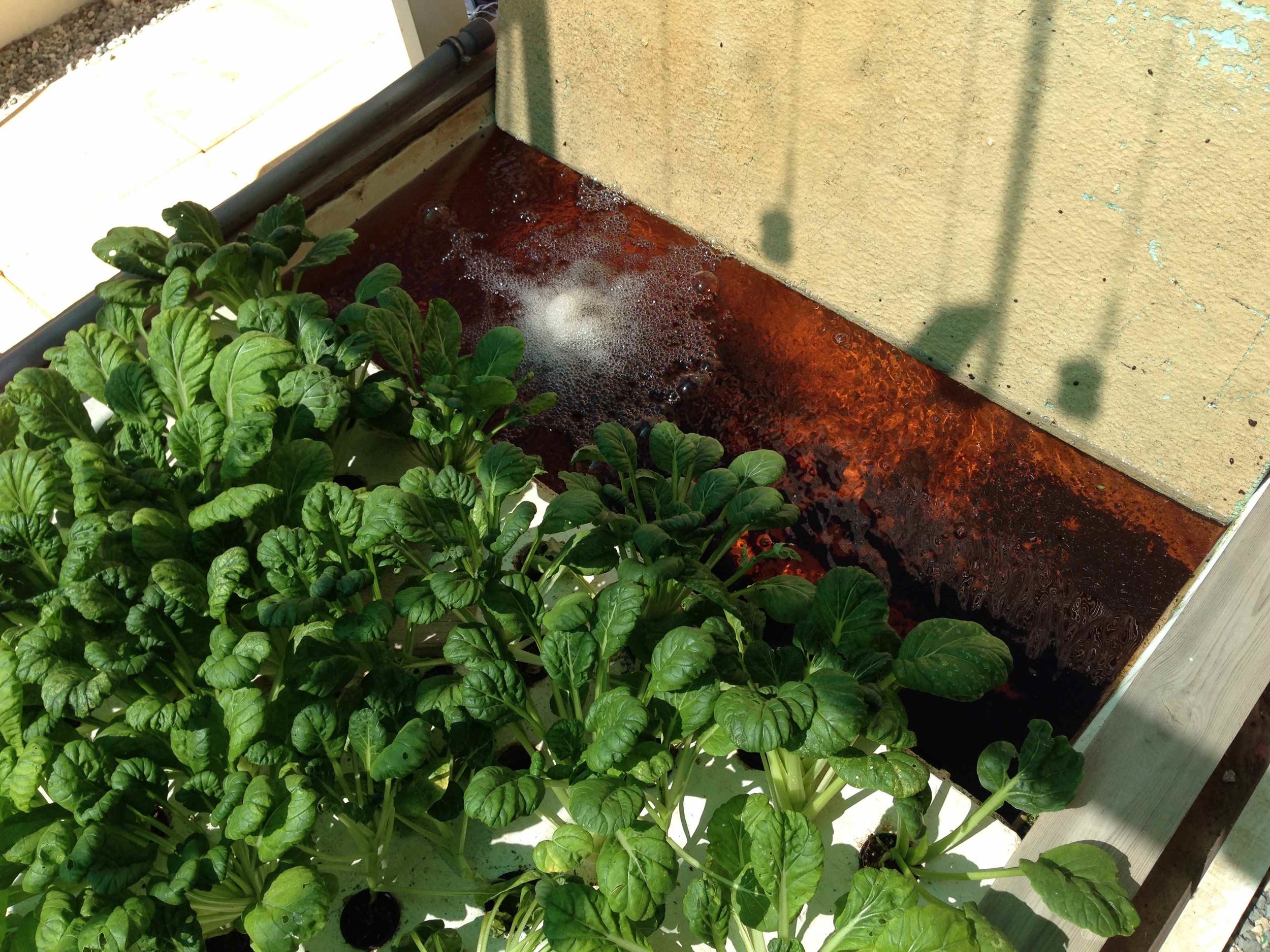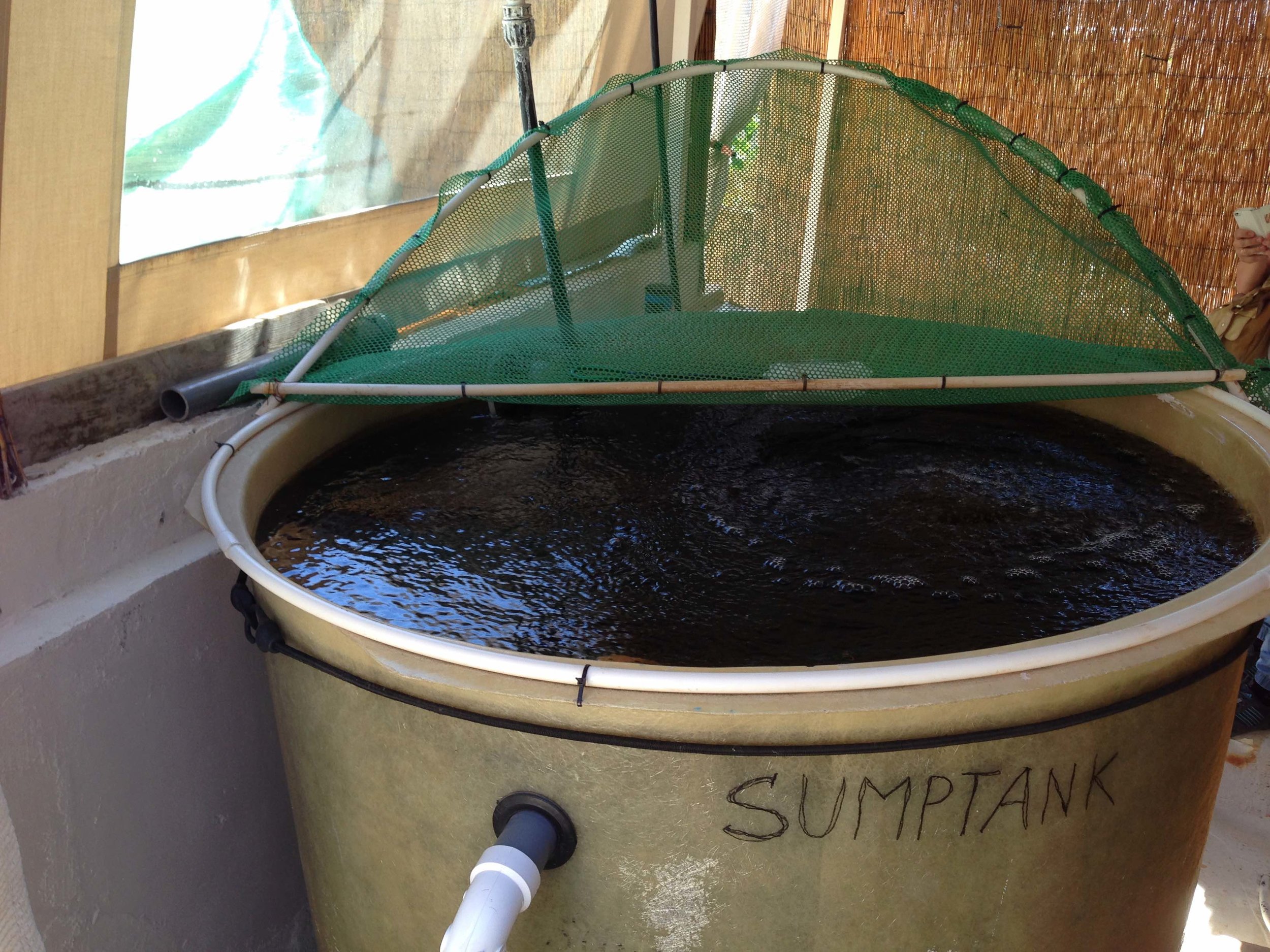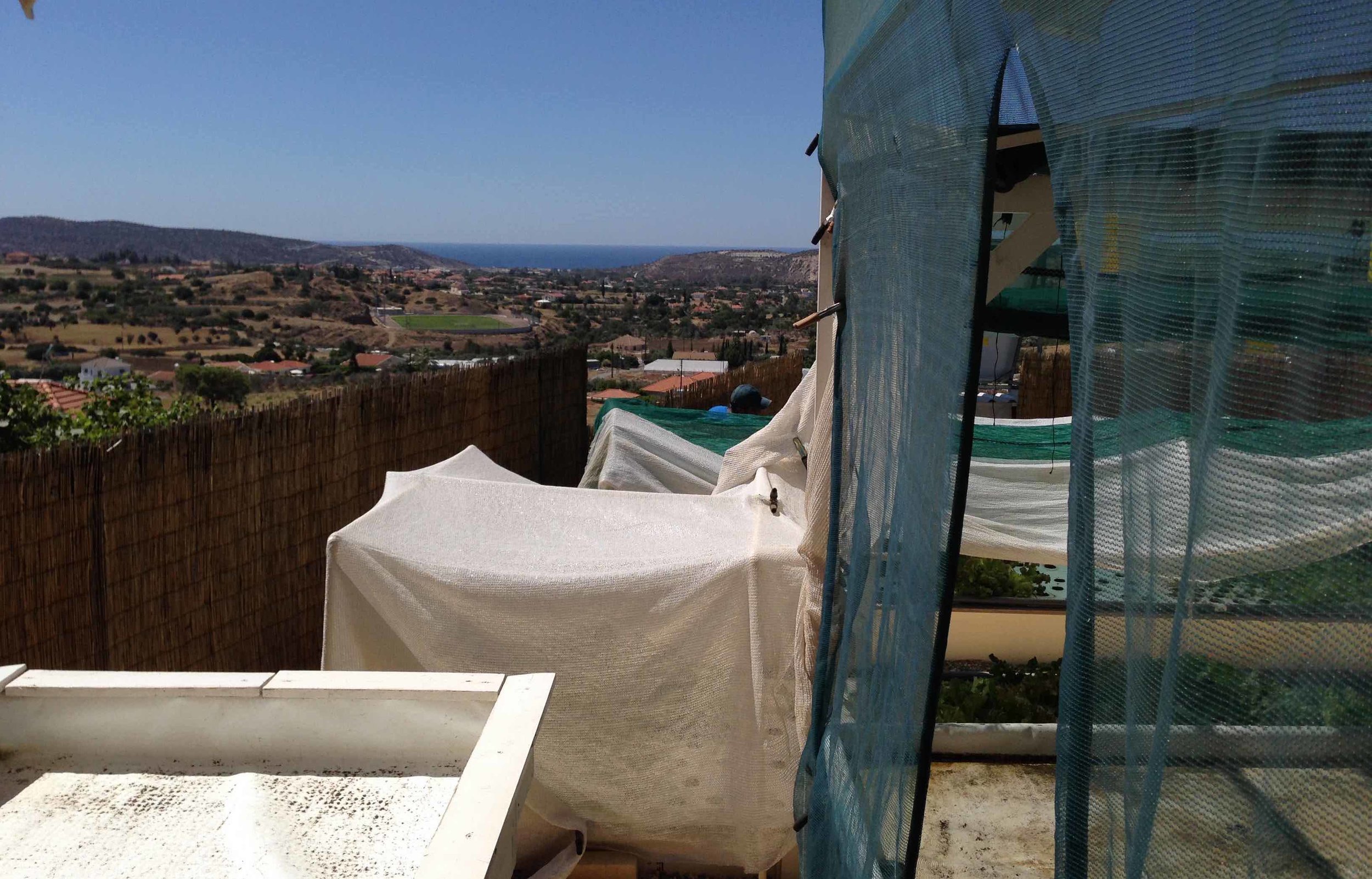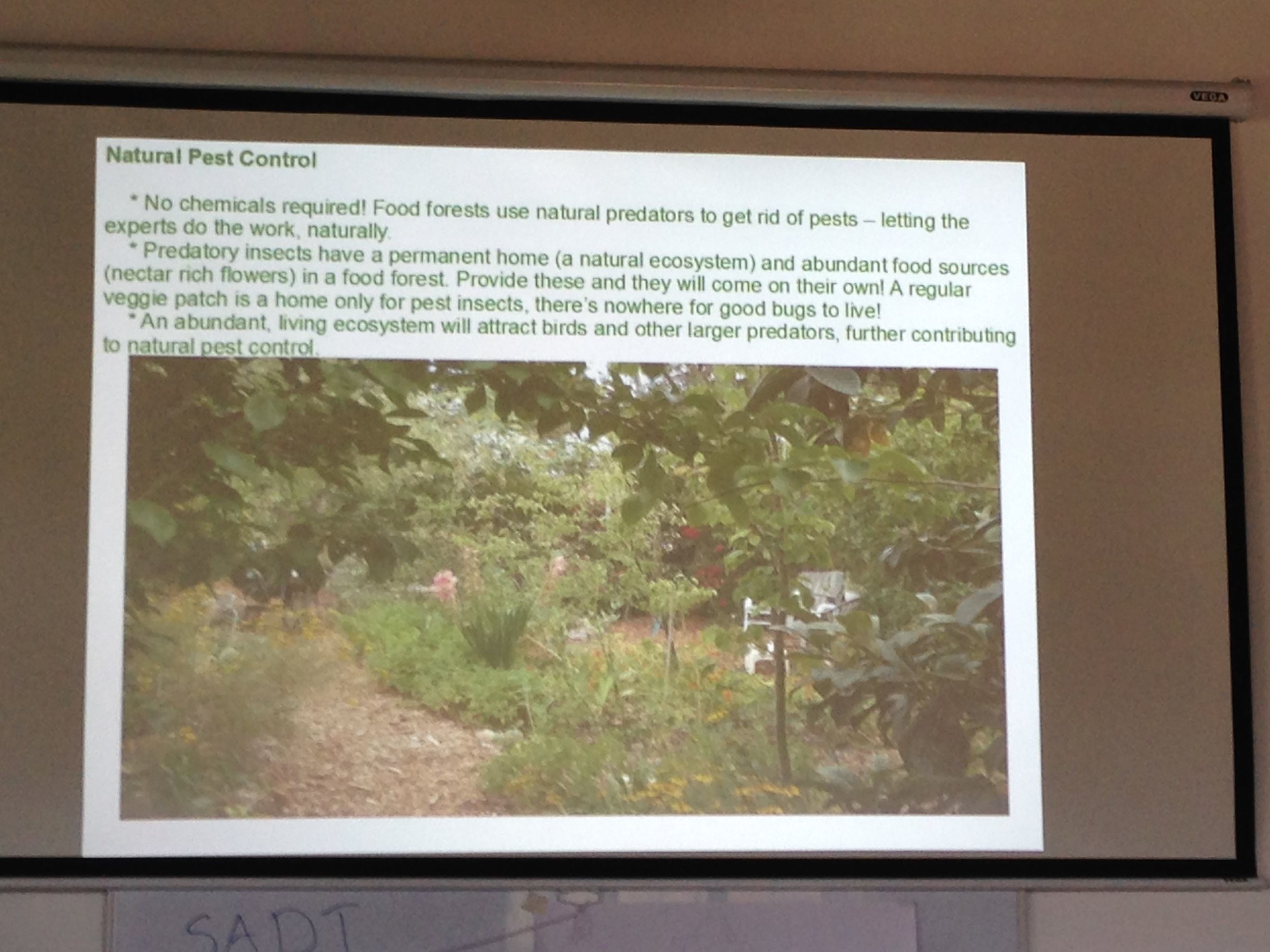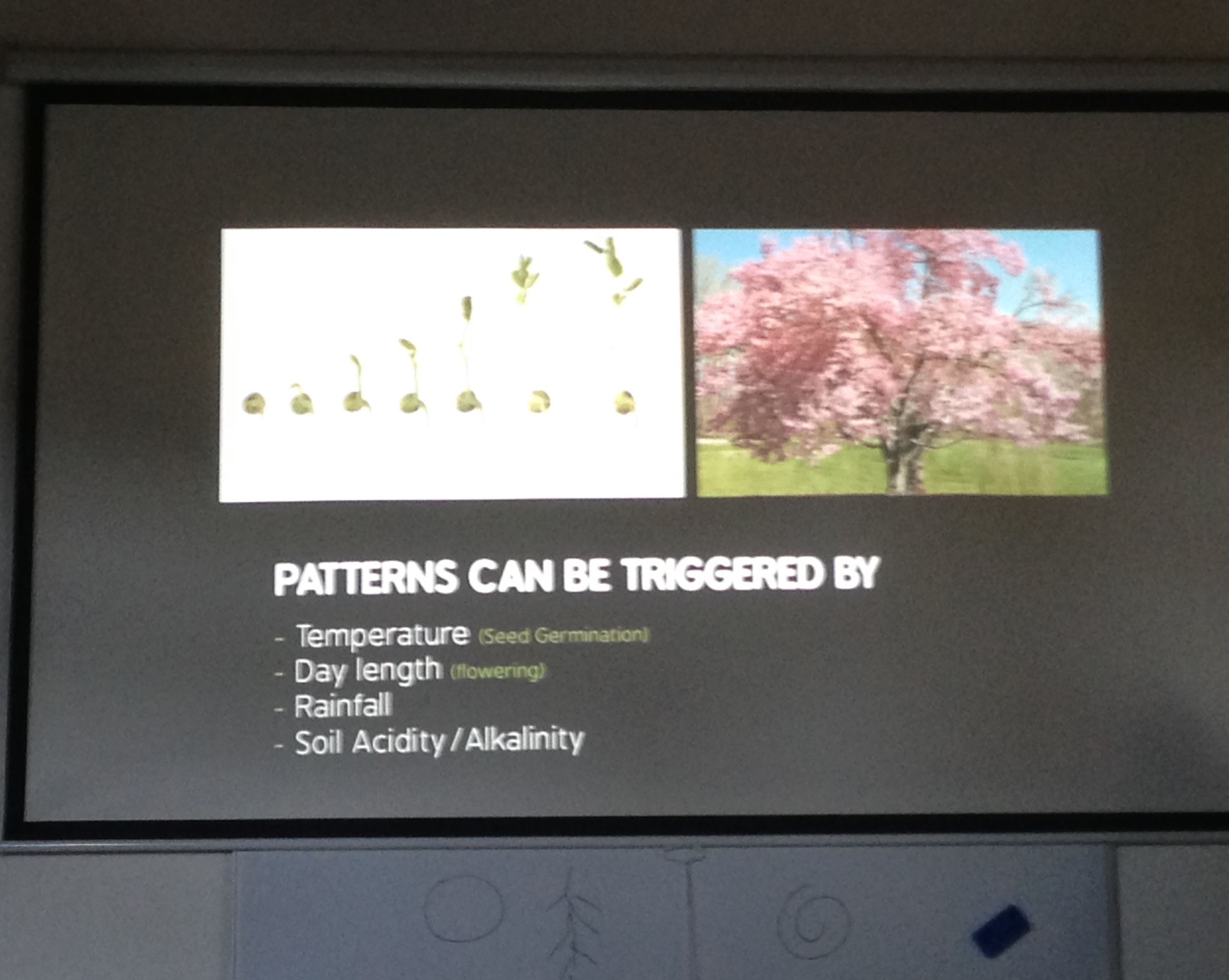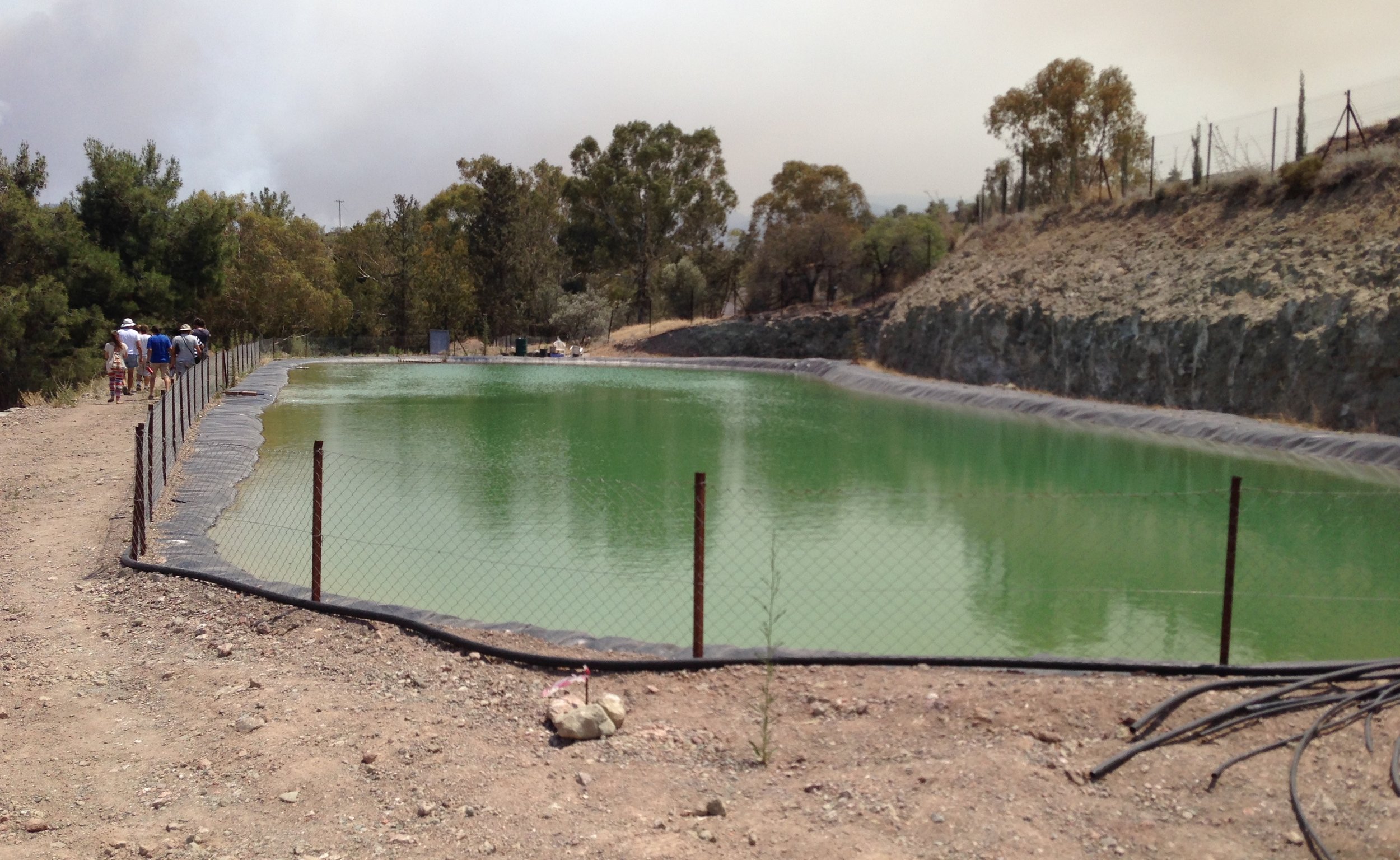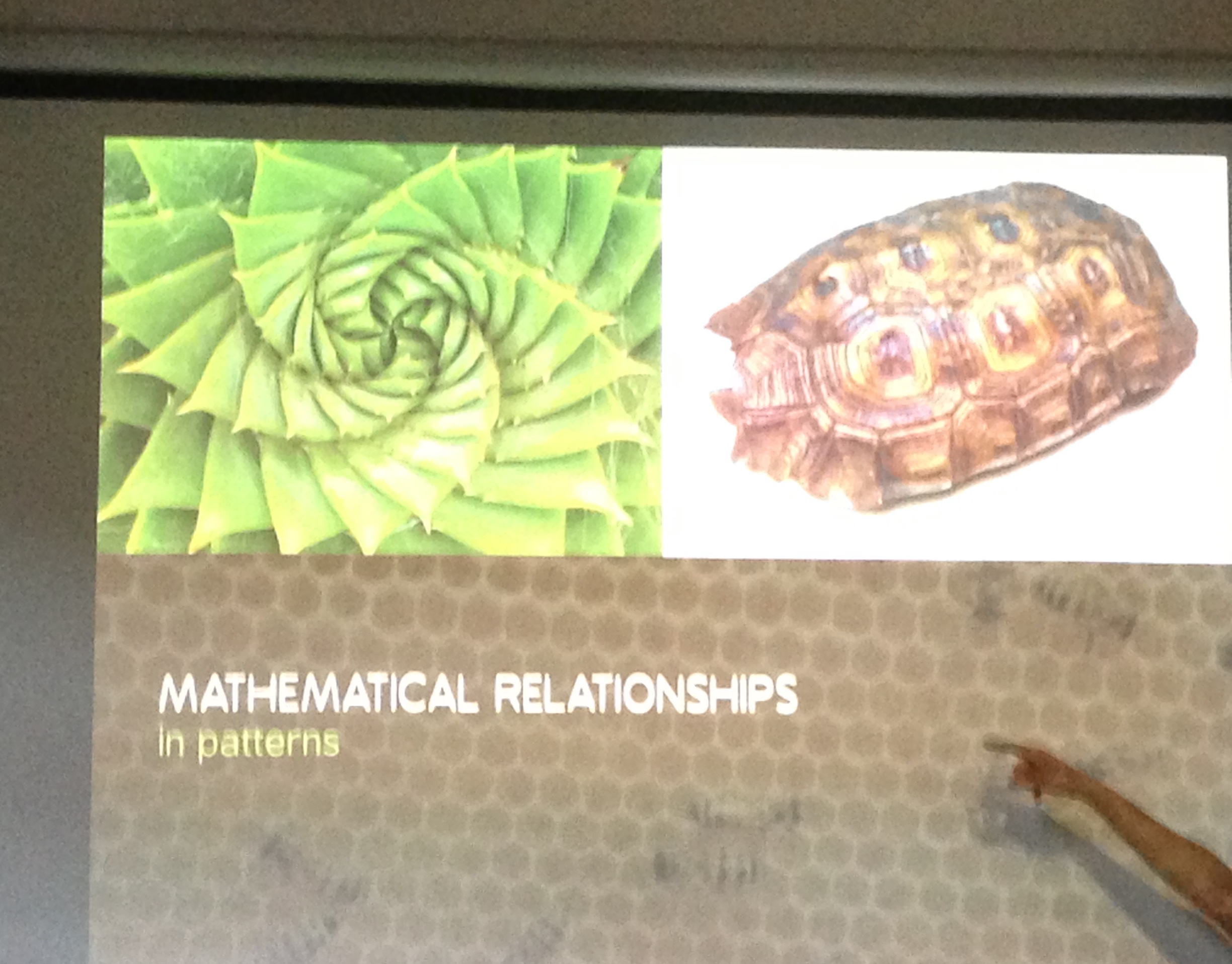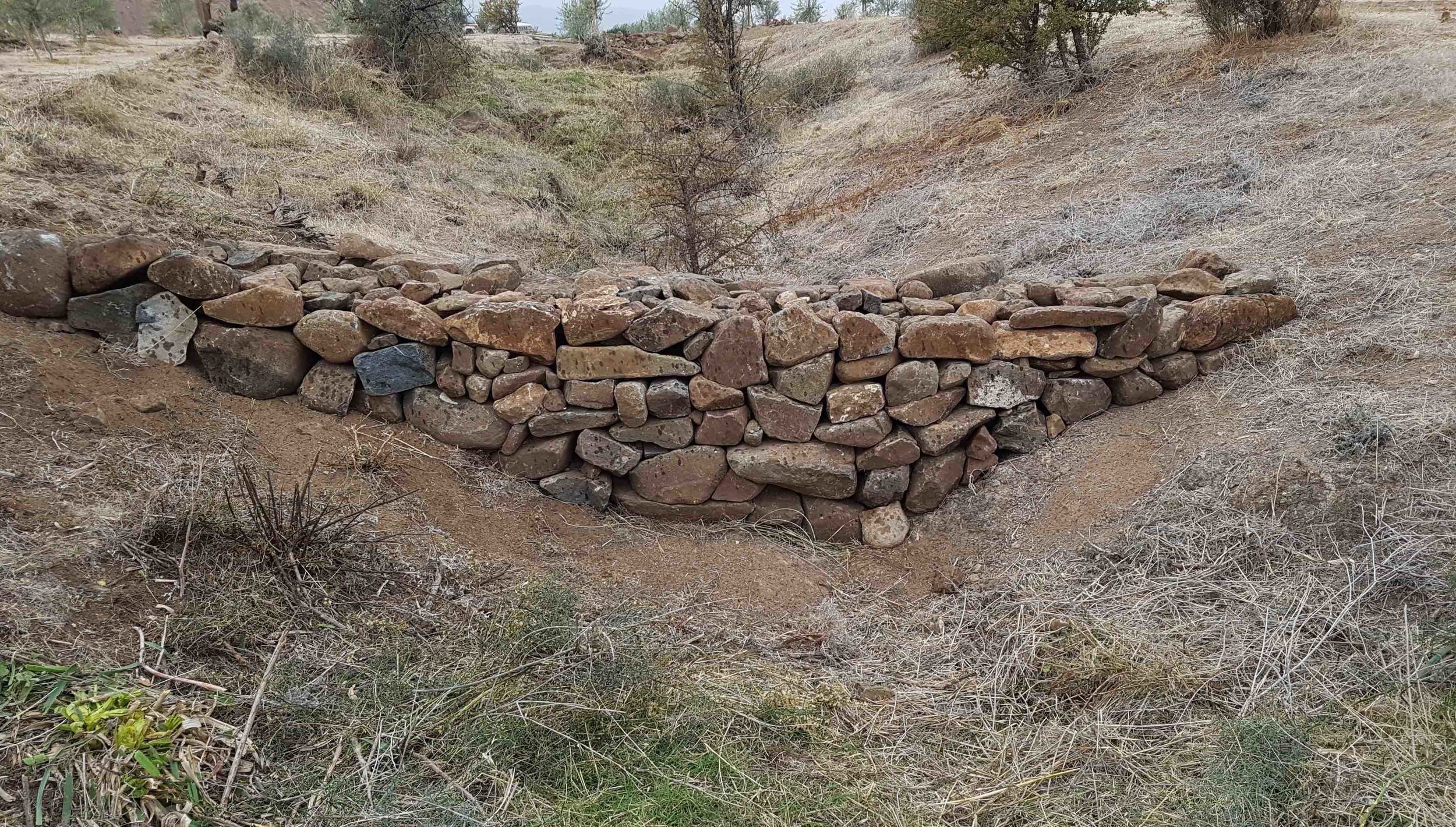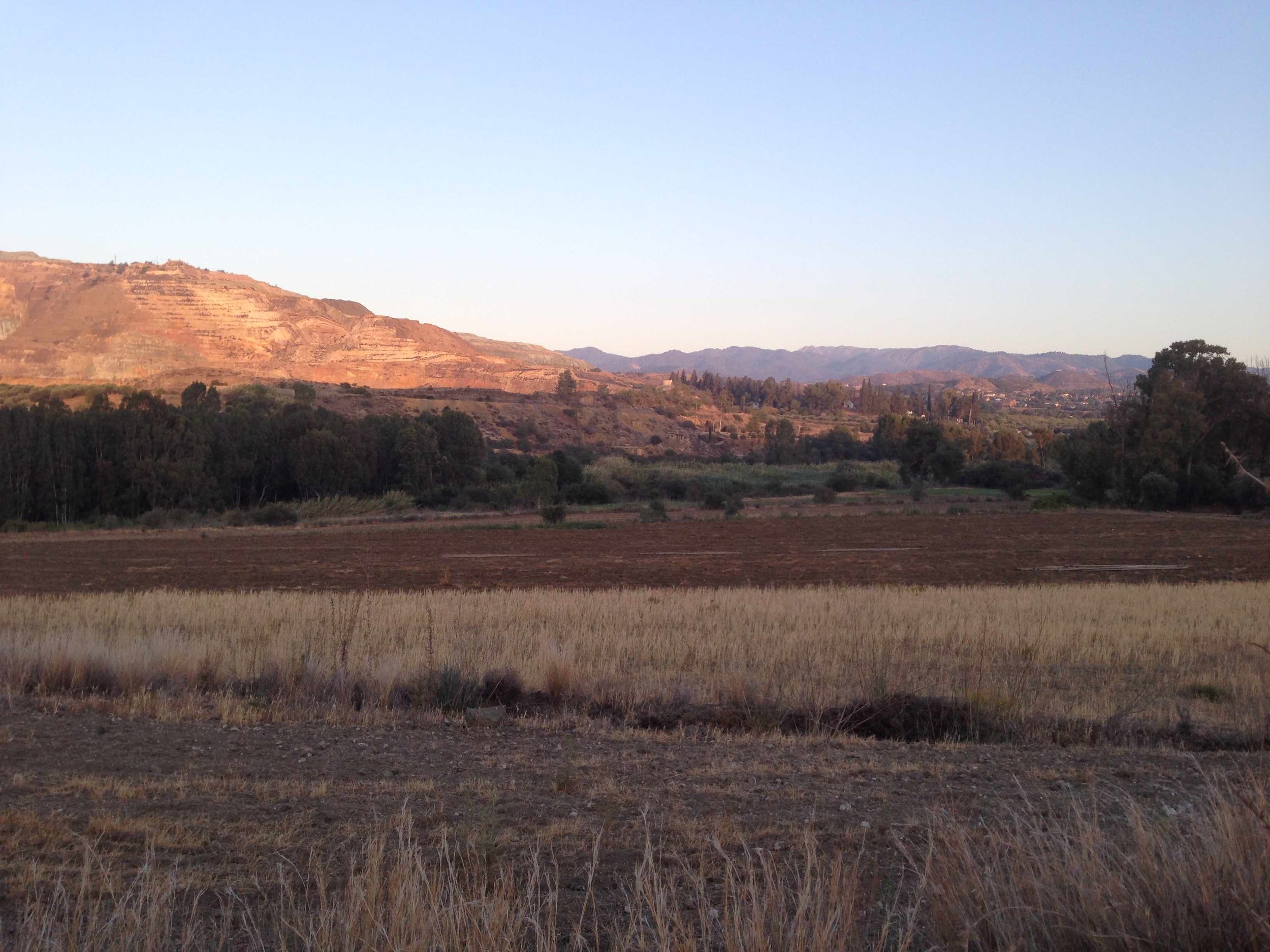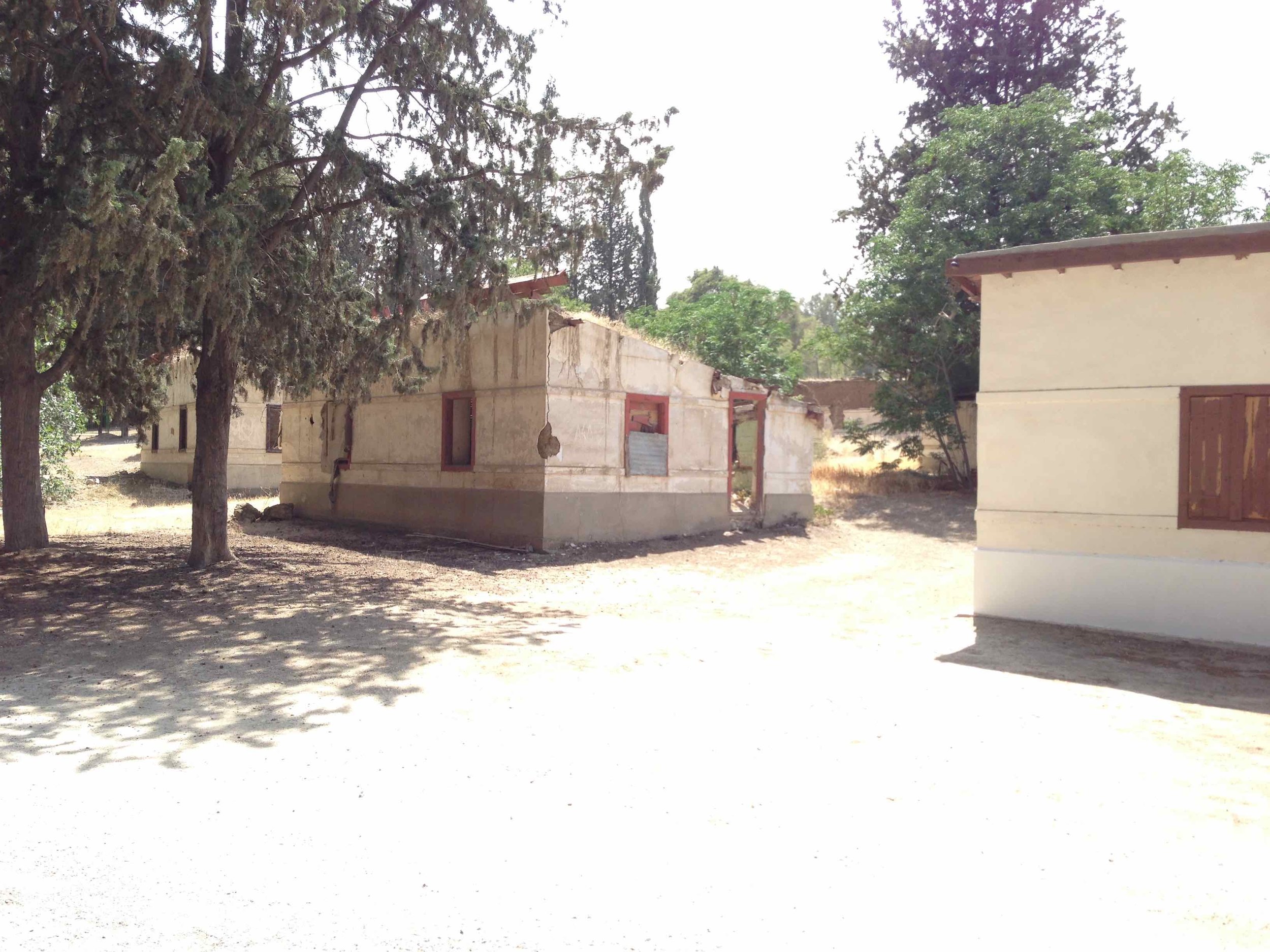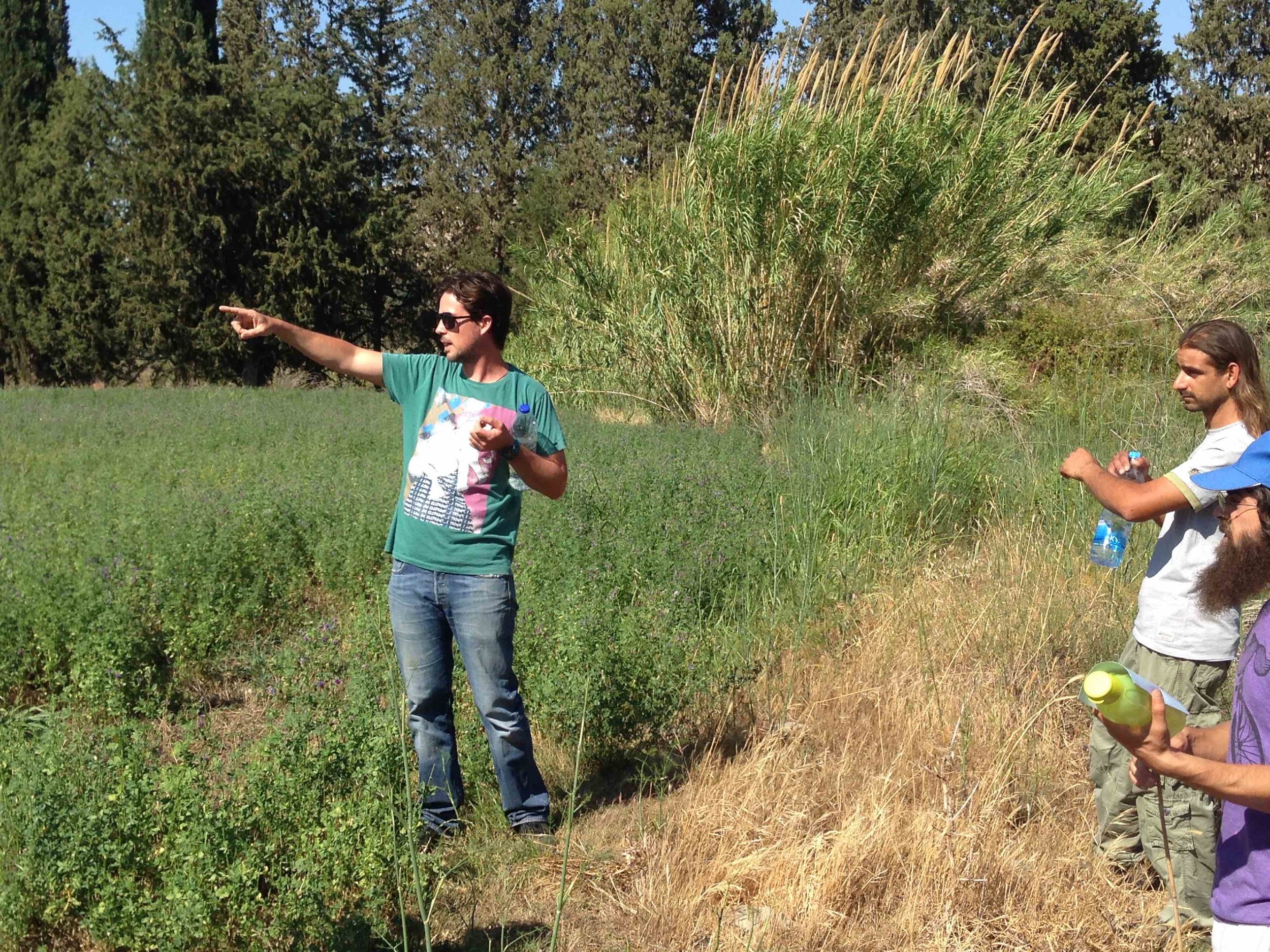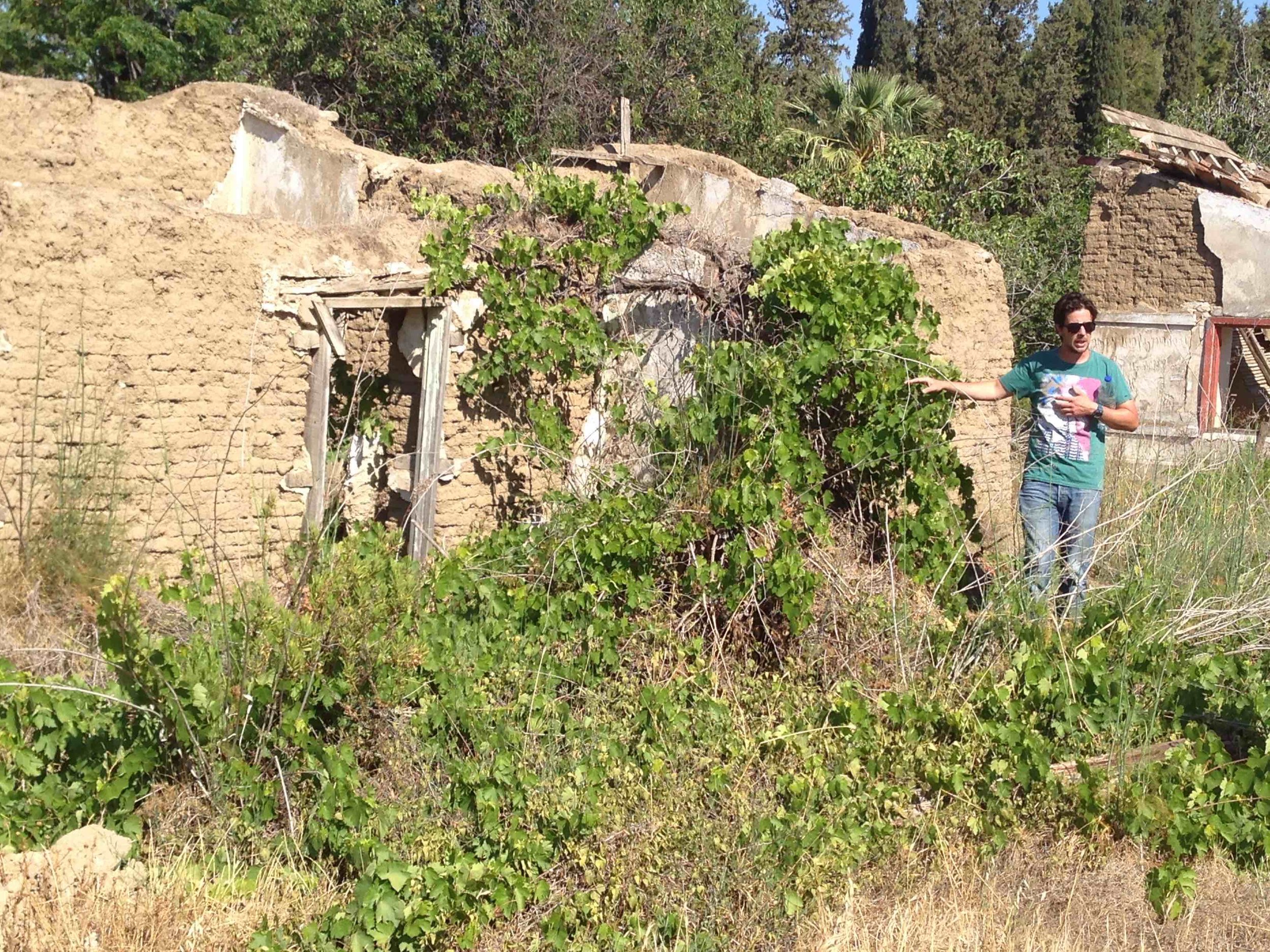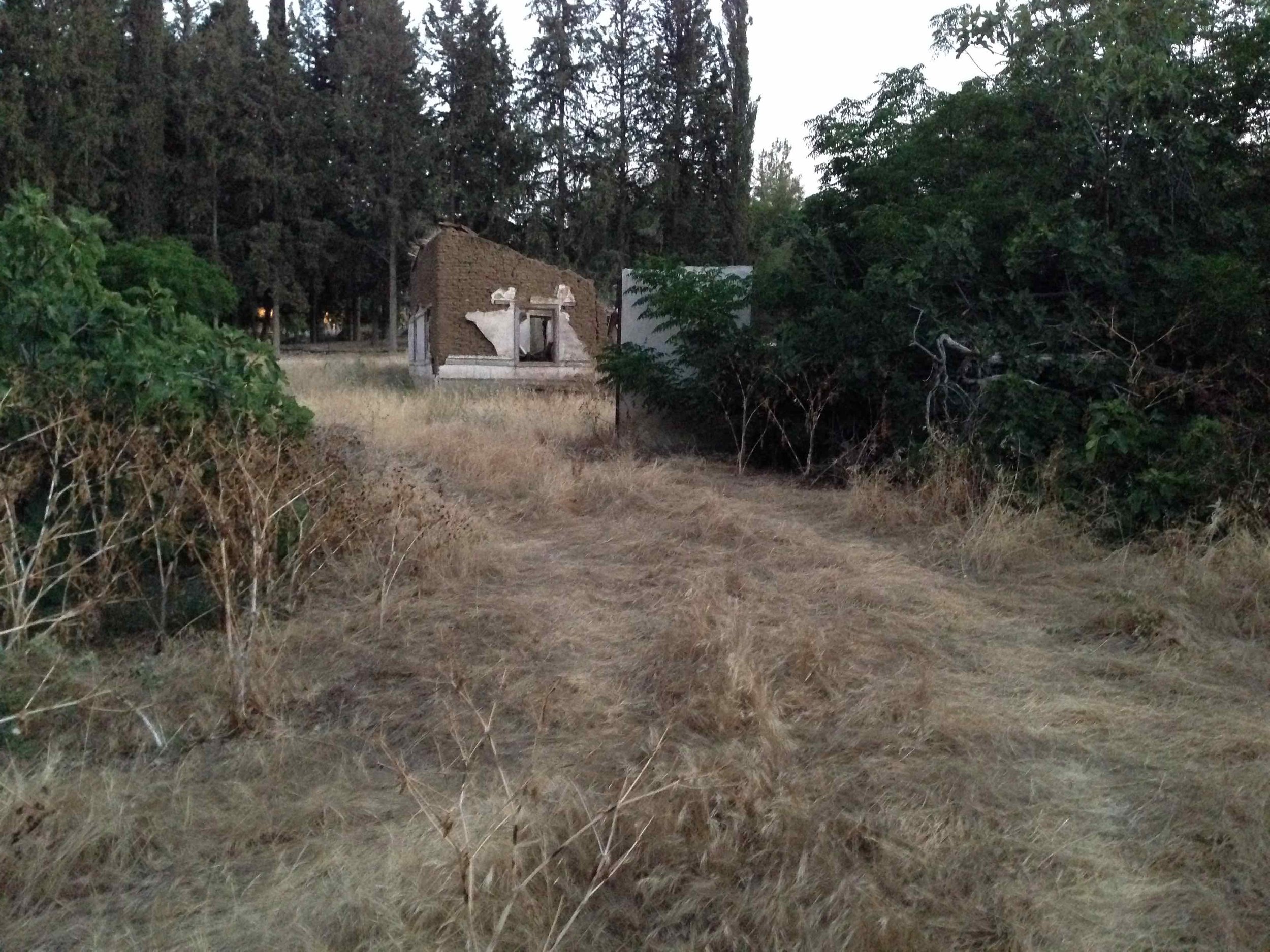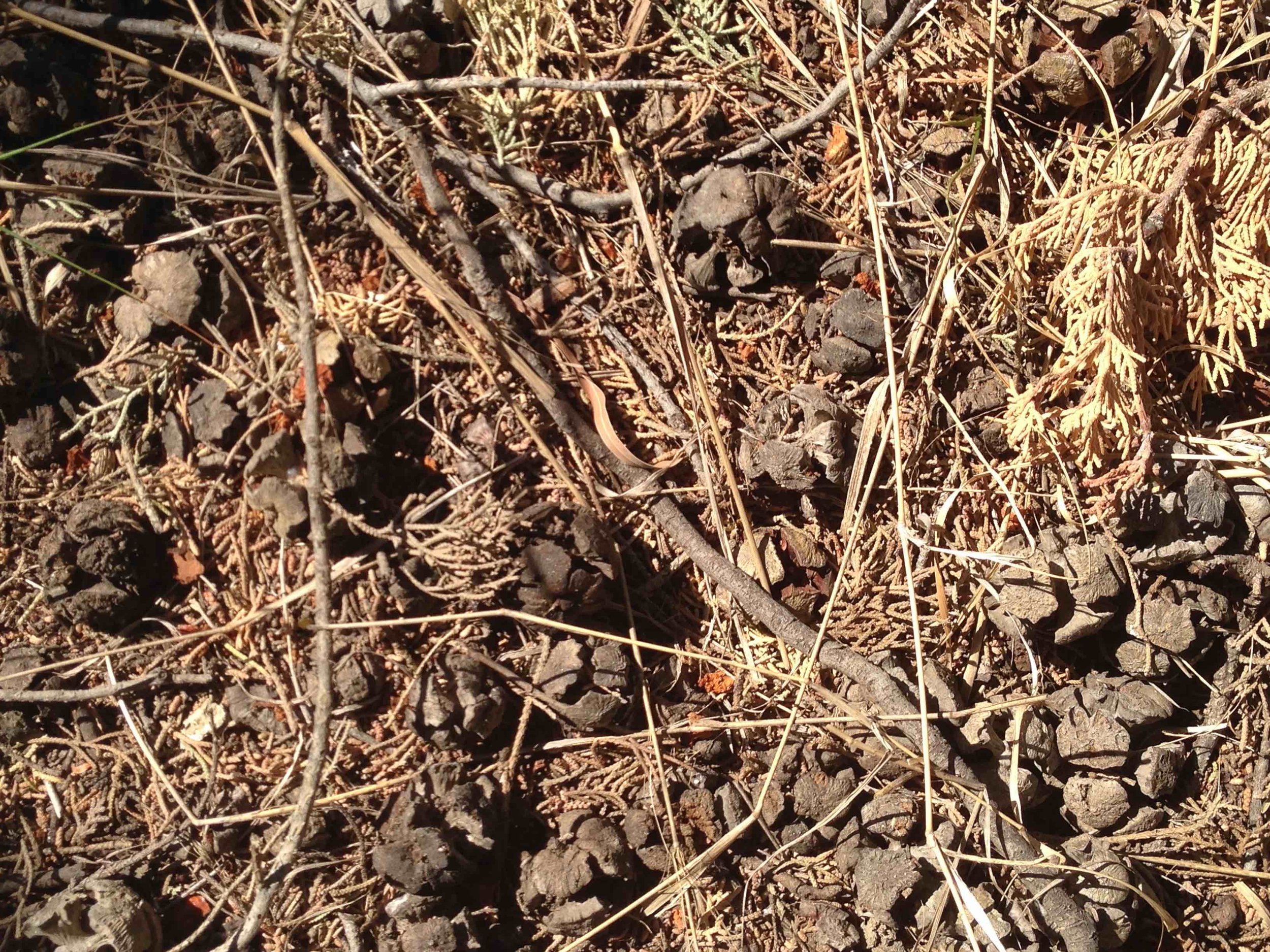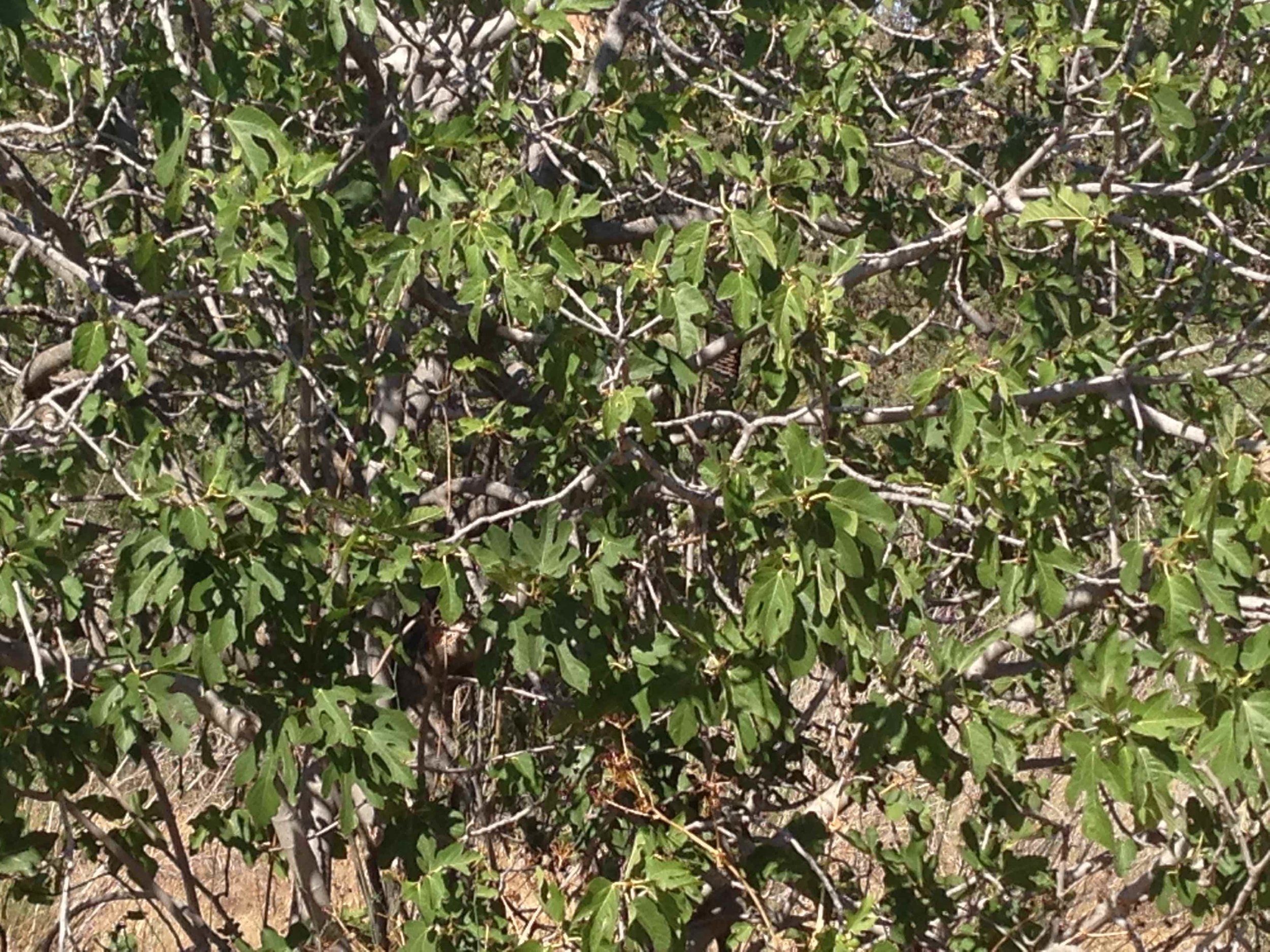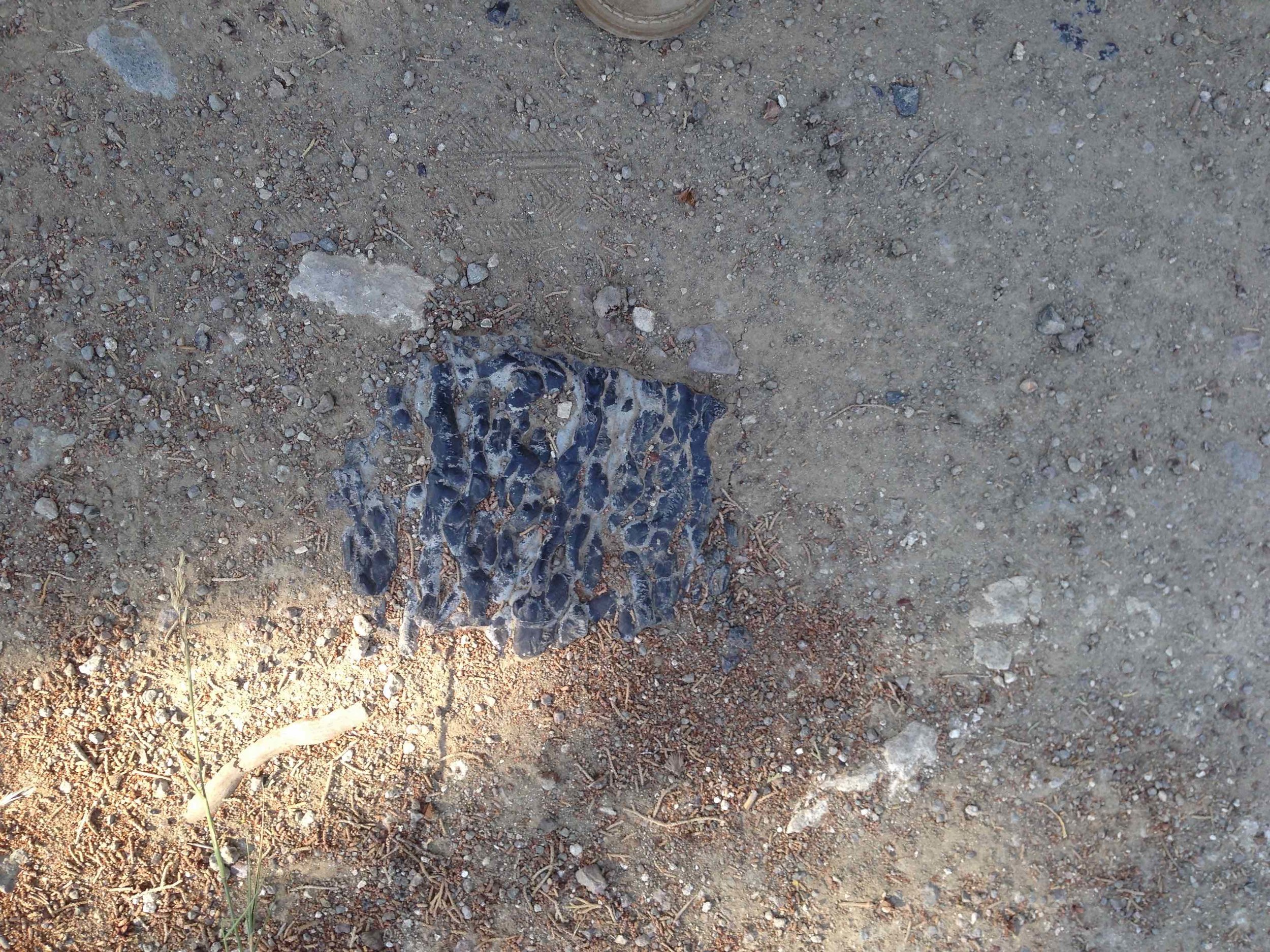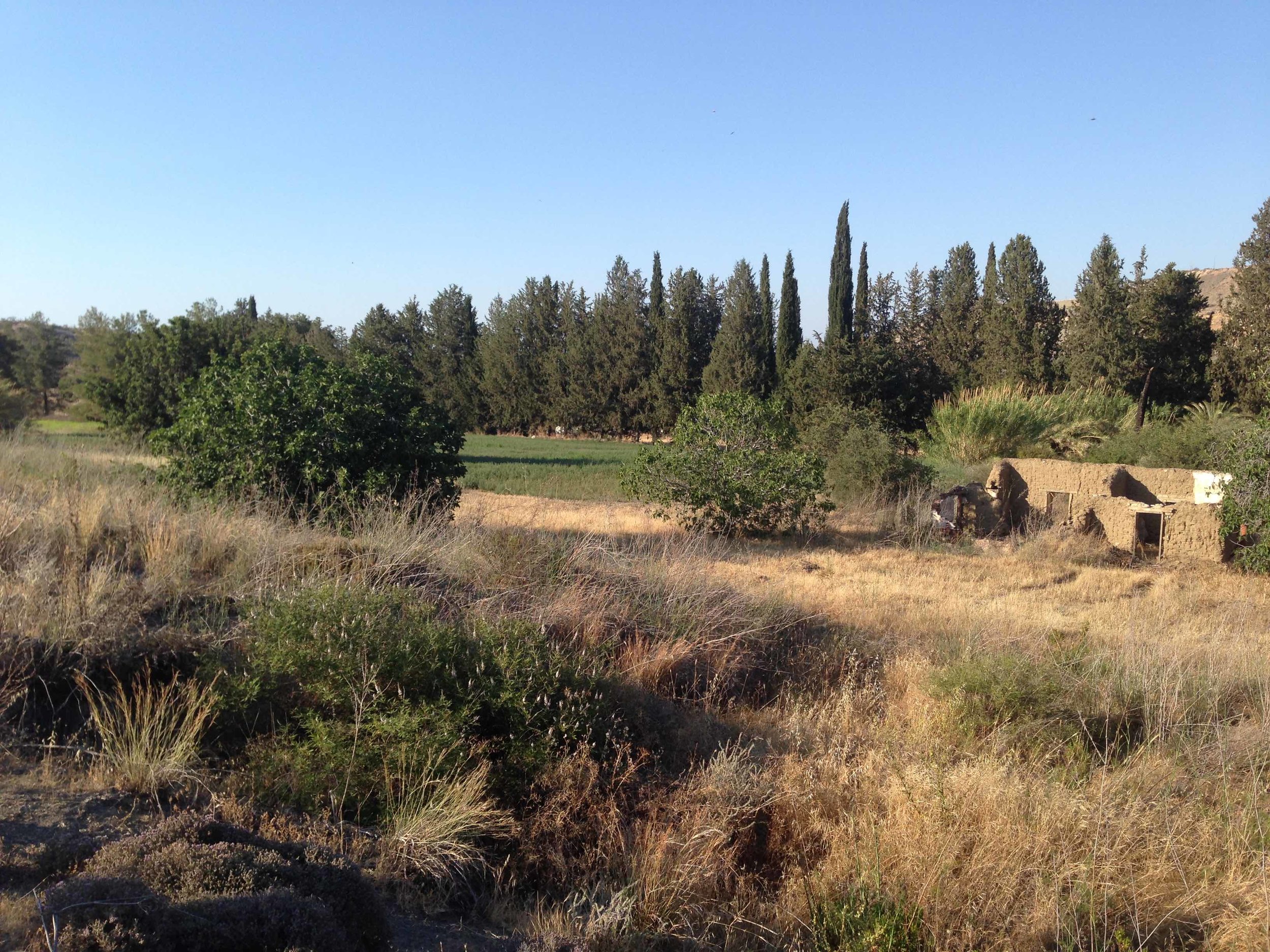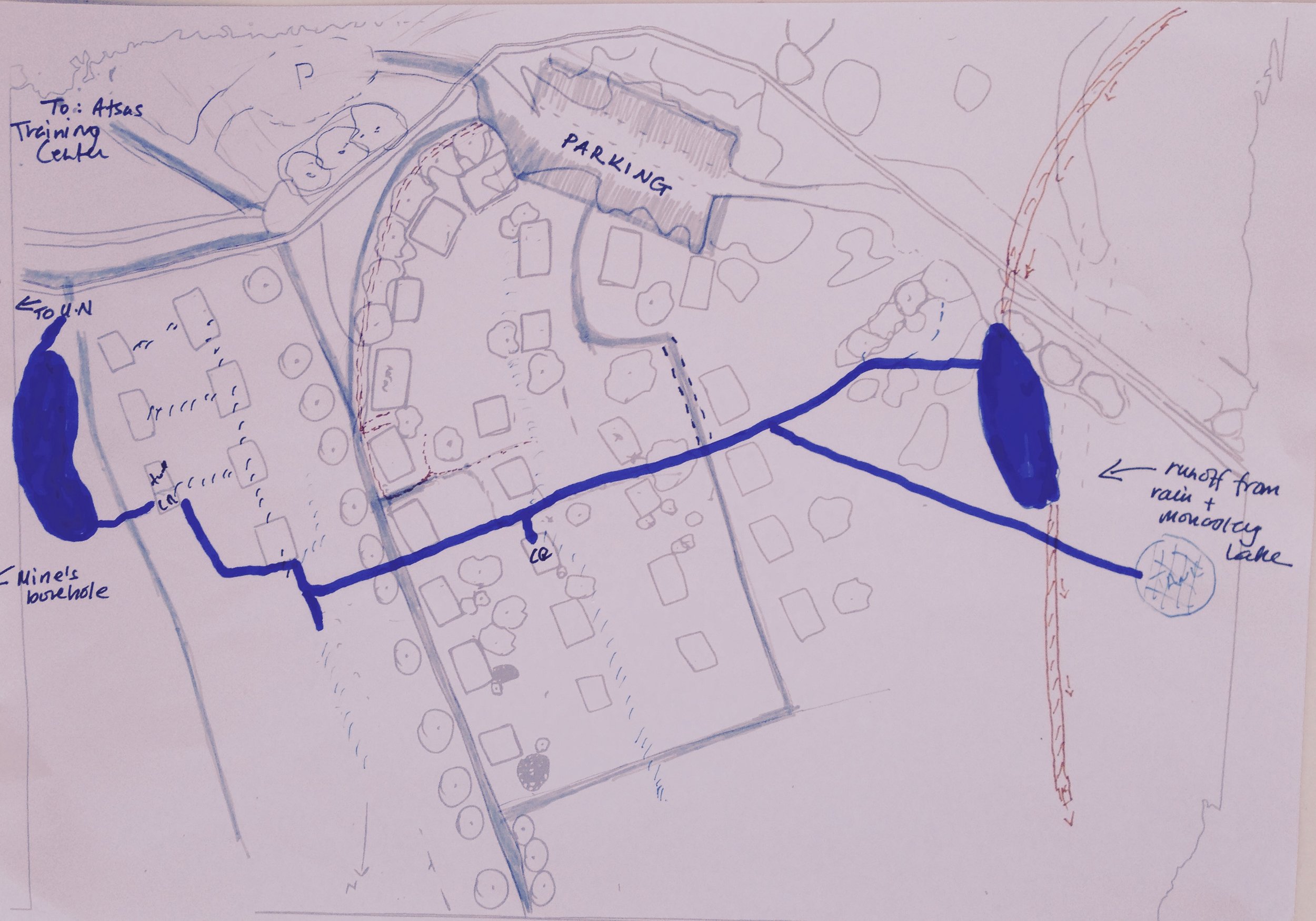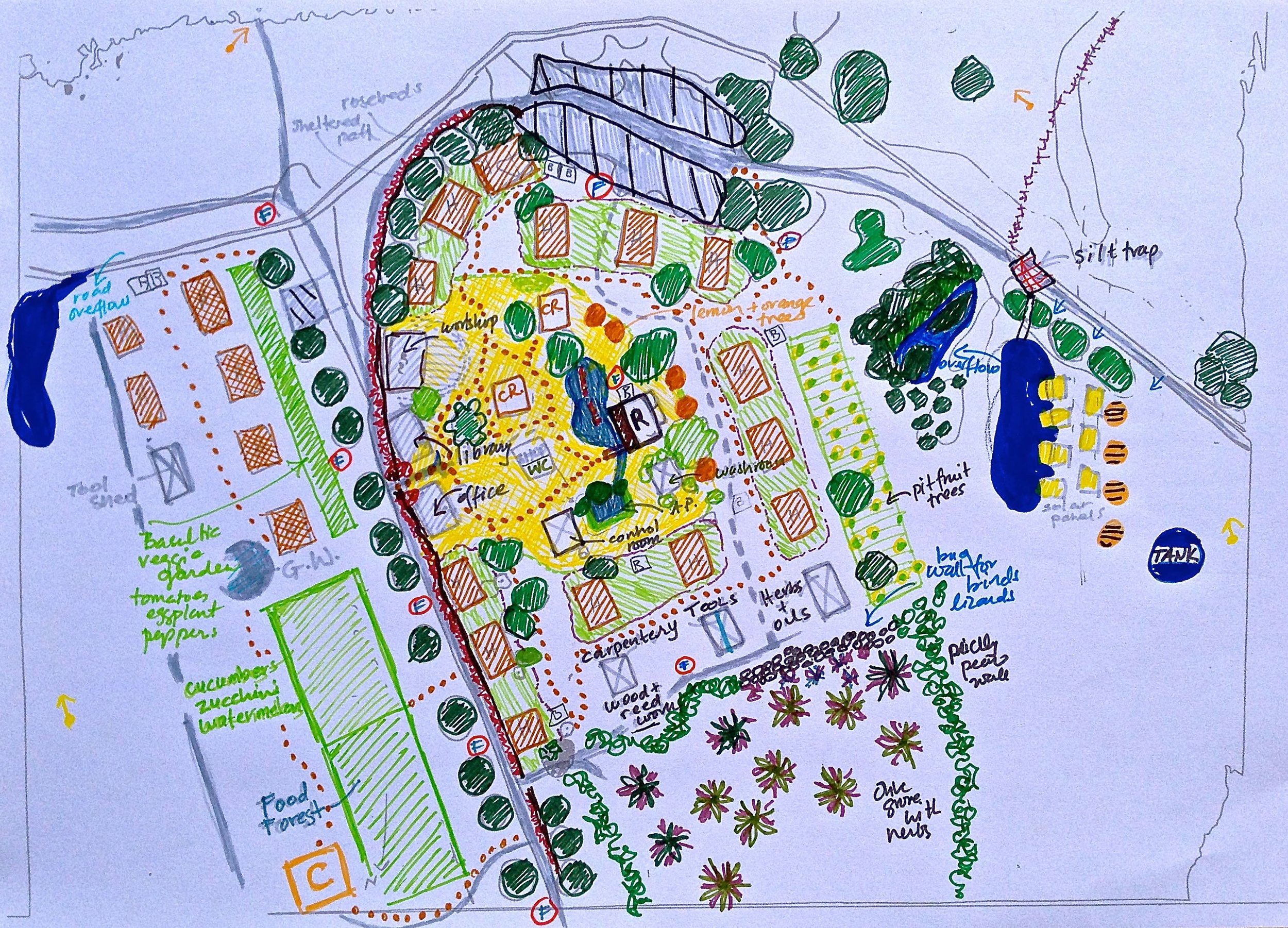Permaculture Design Course (PDC)
Designing for Dryland Resilience
PDC in Cyprus | Permaculture Full-curriculum Course | Summer 2016
10-22 June | Atsas Training Center | Skourisotissa/Katydata, Cyprus
This Permaculture Design Course focused on the tools and the knowledge most required to achieve resilience in the particular dry conditions of Cyprus. The aim is to combat the increasing desertification trends which the island and the broader bio-region face today with nature-based solutions.
Instructor:
Nicolas Netien, Agro-ecologist, Atsas Organic Farm
Facilitating teachers:
Sophia Matsi (natural health, food and life advocate)
Gabriel Pantelis (permaculture designer and teacher)
CYPRUS
Throughout its history, Cyprus was an island with an abundance of fossil wealth, including copper and gold. Its natural history also included an abundance of plant life and vegetation. From its mountains to its coasts, the island was once covered by lush and diverse forests primarily consisting of Cyprus oak, known today as Syrian oak. Centuries of intense deforestation, degenerative agriculture practices, and current unhealthy monoculture pine tree reforestation methods led to current desertification trends, soil loss and other effects effect of climate change. In the past 20 years, Cyprus has lost 17% of its rainfall.
PDC
A Permaculture Design Certificate course is a minimum 72-hour training experience based on Bill Mollison’s 'Permaculture Designers’ Manual'. It provides skills and solid knowledge in Permaculture design as a science that can create abundant ecosystems sustainably. Permaculture principles can be applied to any environment providing holistic solutions that are applicable in rural and urban contexts at any scale, from dense urban settlements to individual homes, from farms to entire regions.
Students who complete the full curriculum earn the internationally-recognized Permaculture Design Certificate. By the end of a full-curriculum course, each individual is equipped with the knowledge to create a Permaculture Design Plan. To date, thousands of permaculture designers worldwide have been certified through this course, and now comprise a global network of educators, ecological activists who influence major corporations, individuals creating new business alternatives, and groups of committed people working together to change the way we view and design our landscapes.
PERMACULTURE
Permaculture, Agro-ecology, and Regenerative Farming are based on very similar principles, that of working with nature, and alongside the natural systems of the Earth to create diverse, stable and resilient ecosystems. These productive systems can also produce food in a natural and holistic way, without producing wastes, functioning just as nature does.
In the mid-1970s, Bill Mollison and David Holmgren co-originated and coined the term and concept of 'Permaculture'. Describing it as a design science, the goal of permaculture envisioned designing systems that allow us to live abundantly, while also eliminating “wastes”, increasing yields, minimizing unnecessary work and caring for the total environment. Hence, within a permaculture system, work is minimized, and all wastes become resources, productivity and yields increase, and environments and diverse ecosystems are restored. Moreover, the aim is to design ways of living that are based on the concept’s 3 Foundational Ethics:
· Care of the Earth
· Care of People
· Fair Share (Care of the Future – ensuring the necessary resources for future generations).
A more current definition of Permaculture can be described as “Consciously designed landscapes which mimic the patterns and relationships found in nature, while yielding an abundance of food, fiber and energy for provision of local needs.” Indeed, today, these founding ideas have developed, and the vision of permanent (sustainable) agriculture has evolved to one of permanent (sustainable) culture. “Permaculture is an effective response to the limitations on use of energy and natural resources, and it will move from its current status as 'alternative response to environmental crisis' to the social and economic mainstream of the post-industrial era.”
(From ‘Permaculture Principles and Pathways Beyond Sustainability’, 2002)
PDC IN CYPRUS
This 12-day course was held at ATSAS Training Center, and was attended by fourteen full-time students and several part-time participants. The Cyprus PDC addressed creating sustainable living systems for a wide variety of landscapes and climates, but with a particular focus on the semi-arid to arid climate of Cyprus, and dryland strategies that can help eliminate/alter local challenges. It included agricultural practices, water harvesting and hydrology, energy, natural building, forestry, waste management, animal systems, aquaculture, appropriate technology, and explored alternative economic structures and legal strategies which support permaculture solutions.
The participants attended daily modules on all of Permaculture's core subjects both within the classroom setting, and as on-site training through lectures, practicals, site-visits, observation, research and design. Through this course, the participants navigated through an introduction to permaculture principles and ethics, design methods, soil biology, water qualities and harvesting, climate and micro-climates, aquaculture, trees and forestry, natural buildings and resilient community building, all leading to the final group presentation of the commonly-assigned final permaculture design project. During this course the group also visited local resilience projects, including one of the participant’s successful home aquaponics systems.
A FEW IMAGES FROM THE PDC & TOPICS:
· Atsas Training Center
· Permaculture principles and design methods
· Natural rainwater harvesting techniques
· Soil quality assessment and tools to improve soil’s fertility
· Composting; worm farms; bee-keeping
· Aquaponic systems for organic vegetables and fish
· Designing from patterns to detail by observation
· Examples of natural and alternative building
· How does nature create a forest?
· Dry farming and food production
· Atsas Farm as an example of land regeneration
In this PDC, the final assignment was a challenging project which required the study and re-designing of a nearby abandoned village called “Exinda” (meaning “60”). This village, once inhabited by mine workers of the nearby Skouriotissa Mine, consisted of sixty mud-brick homes that had been built by an American mining company in the early 20th century, now in ruin and in need of restoration. Skourisotissa, the deepest mine in the Middle East and the world's longest continuously producing copper mine has been exploited since antiquity, and was in full operation up until the Turkish invasion of the island in 1974. This mine contributed over the centuries to the deforestation of the Solea Valley and the depletion of the Morphou aquifer, among other environmental and human impacts on the region.
The “Exinda” design project aimed to propose a plan for a potential future eco-community, and entailed designing for the long-term and a proposing a plan integrated to the site's realities and the area's future needs. As this land now belongs to the Metropolis of Morphou, students were asked to develop and propose their designs based on the local resources and limitations of the site. Over the course of the PDC, the project required intense examination, zone and sector analysis of the site to assess issues such as water resources, efficient energy planning, soil and vegetation, assessing water resources, waste management, structures, etc.
BASIC SUMMARY OF THE CURRICULUM
· INTRODUCTION
What is Permaculture - Social & Environmental issues - Solutions: History of Permaculture – Principles & Ethics -Working examples of Permaculture
Exercises on permaculture principles & ethics.
Concepts & Themes of Design - Patterns in Permaculture - Sector Analysis - Zoning - Design Processes - Tools of design
Presentation of the PDC design project, site visit, mapping
· WATER
Strategies and principles of water harvesting - Designing and planning for earthwork (multifunction dams, swales etc...)
Learning to “read” water flow in the landscape- leveling using A-frame, Dumpy and laser levels
Keyline design - Irrigation
Site visit & Earthwork exercises
· SOIL
Soil biology principles - Strategies for soil improvement - Plants and soil relationships
Making high quality composts - Making lombri-compost
· CLIMATE AND MICRO-CLIMATES
Principles - Strategies for designing micro-climates
Micro-climate exercises
AQUACULTURE-AQUAPONICS & DESIGN
Introduction to integrated aquaculture and aquaponics systems
Guided exercise on the design project
· TREES
Forestry establishment & management - Food Forest - Integrated pest & disease management - Commercial orchard establishment & management - Integrated animal systems
Tree Planting – pruning – grafting - nursery
Images are from the assessment and analysis of the “60” village site for the Permaculture Design Plan
· NATURAL & ALTERNATIVE BUILDINGS
Principles in buildings and bio-climatic designs - Presentation on inexpensive and relevant building methods using local resources/materials
Site visit and hands-on demonstration on Strawbale building, stone building, and drywall terraces
· RESILIENT COMMUNITIES
Eco-Villages & Transition towns - Alternative monetary systems - Blue economy - Circular economy - Existing communities & Eco-movements
Final exercise time for the PDC final Design Project
· PDC DESIGN PLAN: PROJECT PRESENTATIONS
Attendees present permaculture principle-based design projects for the future eco-community of this area, to the group and the clients for evaluation and critique
Atsas Farm, an organically certified farm with an agro-ecology integrated system. Wintertime view facing the Bay of Morphou and Skouriotissa Mine; the farm is partially located in the UN Buffer Zone of the island.
Banner image: Building a compost pile layer by layer

